The Renaissance produced many great artists throughout Europe. Many of these artists have continued to inspire artists throughout the centuries.
When we speak of top Renaissance artists, we think of the trinity of artists like Leonardo da Vinci, Michelangelo, and Raphael. But besides these three artists, many other influential Renaissance artists remain essential.
Table of Contents
- 21 Renowned Masters of the Renaissance and Their Iconic Creations
- Leonardo da Vinci – A Great Renaissance Artist
- Michelangelo – High Renasiannace Master
- Raffaello – Sanzio – Raphael – An Important Renaissance Artist
- Giovanni Bellini – Celebrated For His Use of Natural Light
- Andrea del Verrocchio – Trained Many Important Artists
- Masaccio – Great Renaissance Artist Who Died Too Young
- Paolo Uccello – Artist and Mathematician
- Piero della Francesca – Renaissance Mathematician and Geometer
- Antonello da Messina – Introduced Oil Painting
- Andrea Mantegna – Fascinated By Perspective Of Art
- Pietro Perugino – Teacher of Raphael
- Sandro Botticelli – Known For Perspectives
- Giorgione – Emphasized Color
- Titian – Versatile Italian Renaissance Painter
- Sebastiano del Piombo – An Underrated Renassiance Artist
- Fra Angelico – Renaissance Frair Who Painted
- Donatello – Renaissance Sculptor
- Filippino Lippi – An Artist With Attention To Detail
- Domenico Ghirlandaio – Had An Influential Workshop
- Albrecht Durer – Influential German Renaiaance Artist
- Lucas Cranach the Elder – German Renaissance Court Painter
- 12 Reasons Why the Renaissance Was a Pivotal Era in Art
- Frequently Asked Questions
- Related Questions
21 Renowned Masters of the Renaissance and Their Iconic Creations
The Renaissance, a flourishing period in European history, gave rise to many exceptional artists whose influence has endured through the ages.
While the legendary trio of Leonardo da Vinci, Michelangelo, and Raphael often dominate discussions about this era, the Renaissance was also home to many other remarkable artists. Their contributions, equally significant, have shaped the course of art history and continue to resonate with artists and art enthusiasts alike.”
Leonardo da Vinci – A Great Renaissance Artist
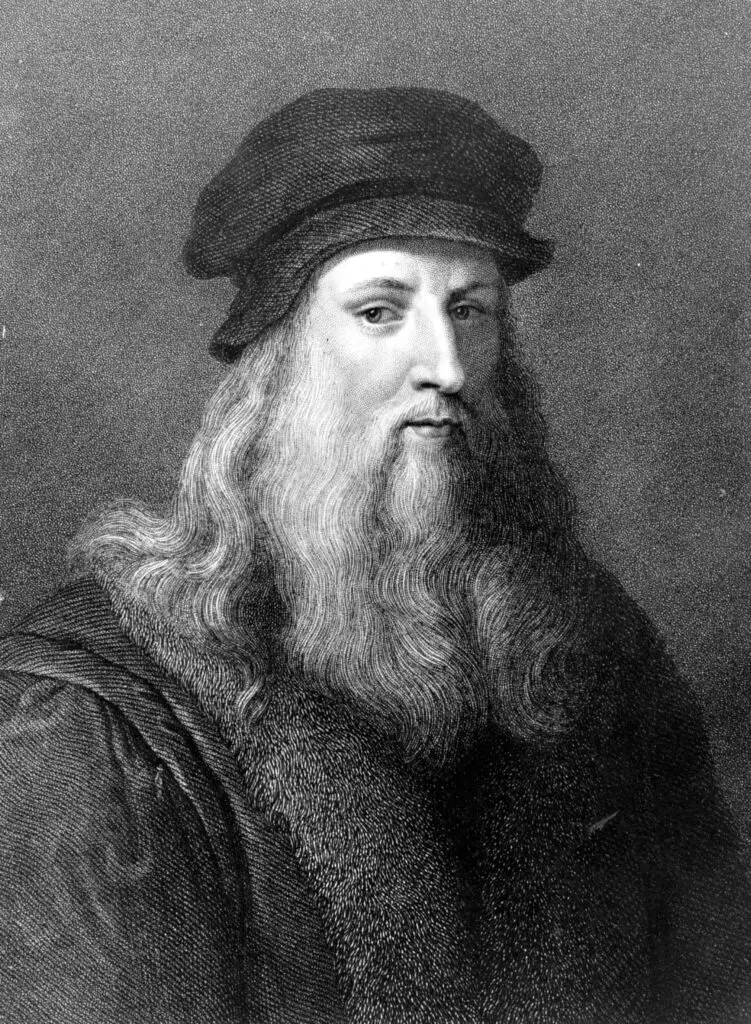
| Birth and Death Dates | 1452 – 1519 |
| Nationality | Italian |
| Art Movements | High Renaissance |
| Famous Artworks | The Vitruvian Man (1490) |
| The Last Supper (1492 – 1498) | |
| Mona Lisa (1503 -1519) |
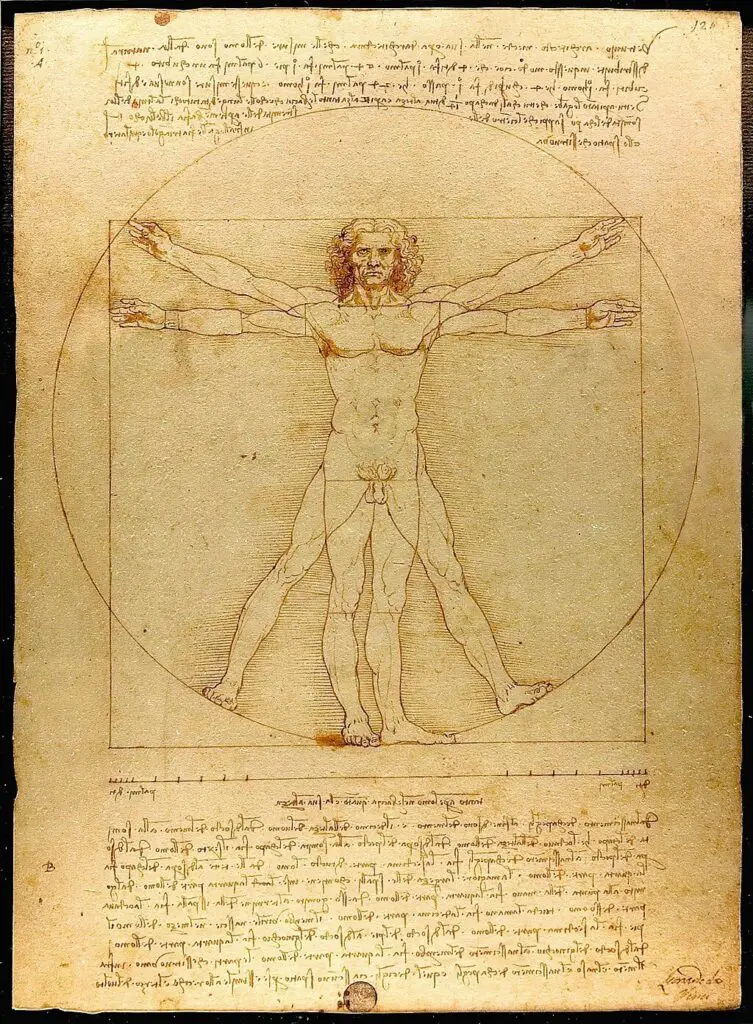
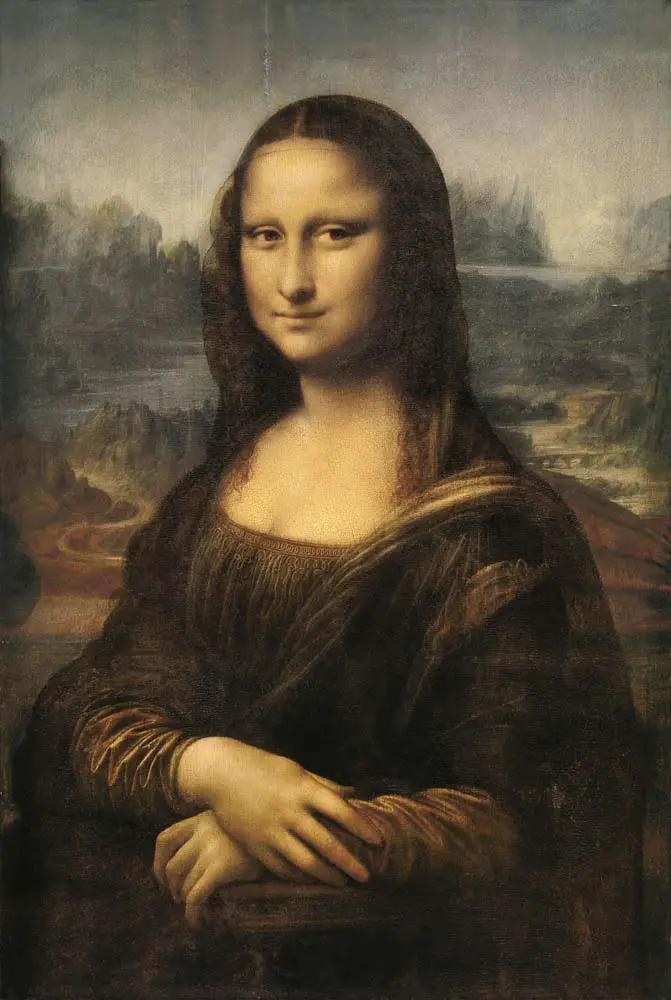
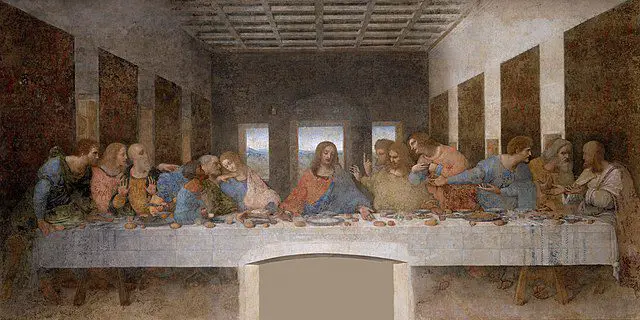
At the top of our list is Leonardo da Vinci; he was undoubtedly one of the most critical and significant Renaissance artists. He is one of the most well-known artists.
Surprisingly, Leonardo da Vinci did not paint that many paintings, and he was known to be a notoriously slow painter who would paint for a day and then not show up for days at a time. He was very busy with other things, such as studying the human body, philosophy or creating one of his inventions.
His painting, the Mona Lisa (1503-1519), at the Louvre in Paris, is today one of the most viewed and well-known paintings. The Last Supper fresco is also one of the most important paintings in the world, as are many of his sketches and notebooks, such as The Vitruvian Man.
Michelangelo – High Renasiannace Master
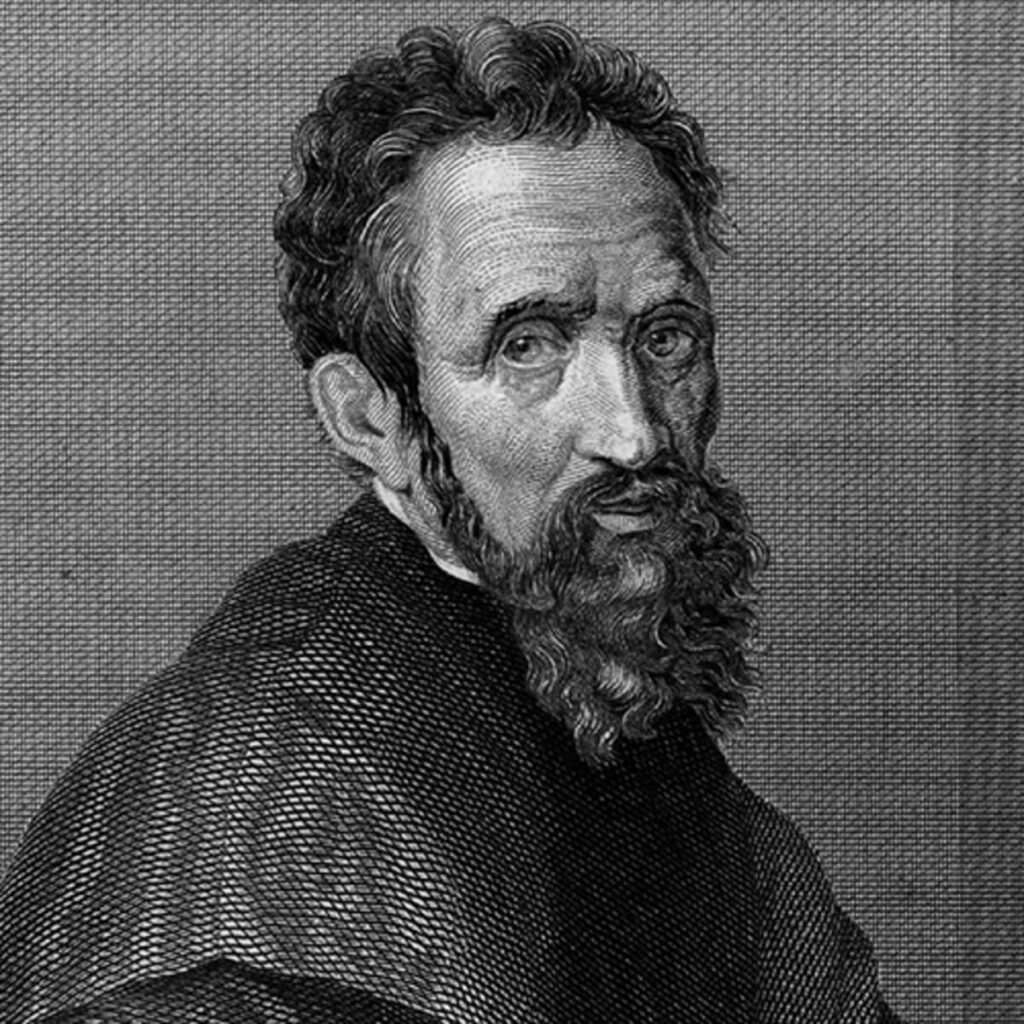
| Birth and Death Dates | 1475 – 1564 |
| Nationality | Italian |
| Art Movements | High Renaissance |
| Famous Artworks | Pieta (1498 – 1499) |
| David (1501 – 1504) | |
| Sistine Chapel Ceiling (1508 – 1512) |

We cannot talk about the Renaissance hero without talking about Michelangelo. He was a master of various artistic mediums, including painting and sculpting.
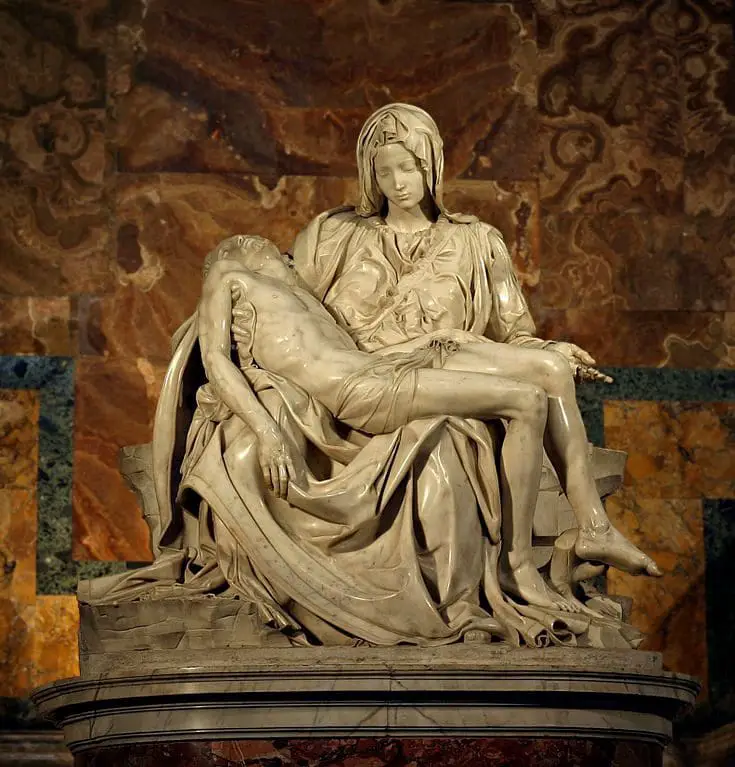
His statue, David, is considered a Renaissance classic and regarded as one of this era’s most famous and essential statues. Also, his statue Pieta is viewed as a very important work, along with his painting of The Sistine Chapel Ceiling (1508-1512).
Raffaello – Sanzio – Raphael – An Important Renaissance Artist

| Birth and Death Dates | 1483 – 1520 |
| Nationality | Italian |
| Art Movement | High Renaissance |
| Famous Art Works | Sistine Madonna (1513–1514) |
| Aldobrandini Madonna (1509–1510) | |
| The School of Athens (1509–1511) |

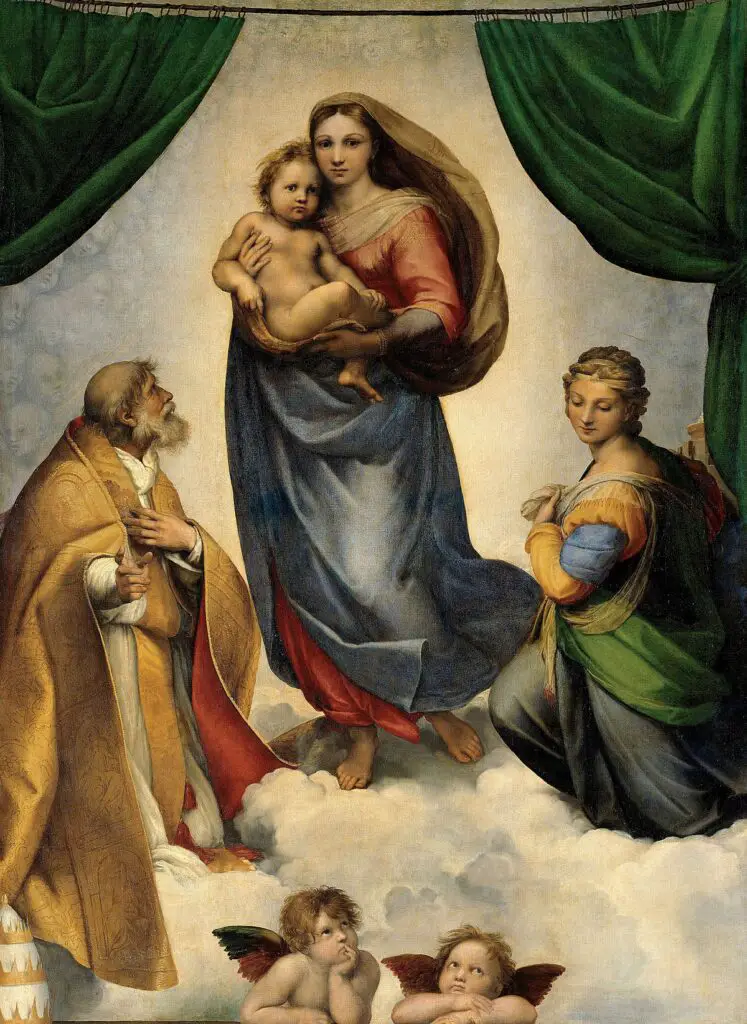
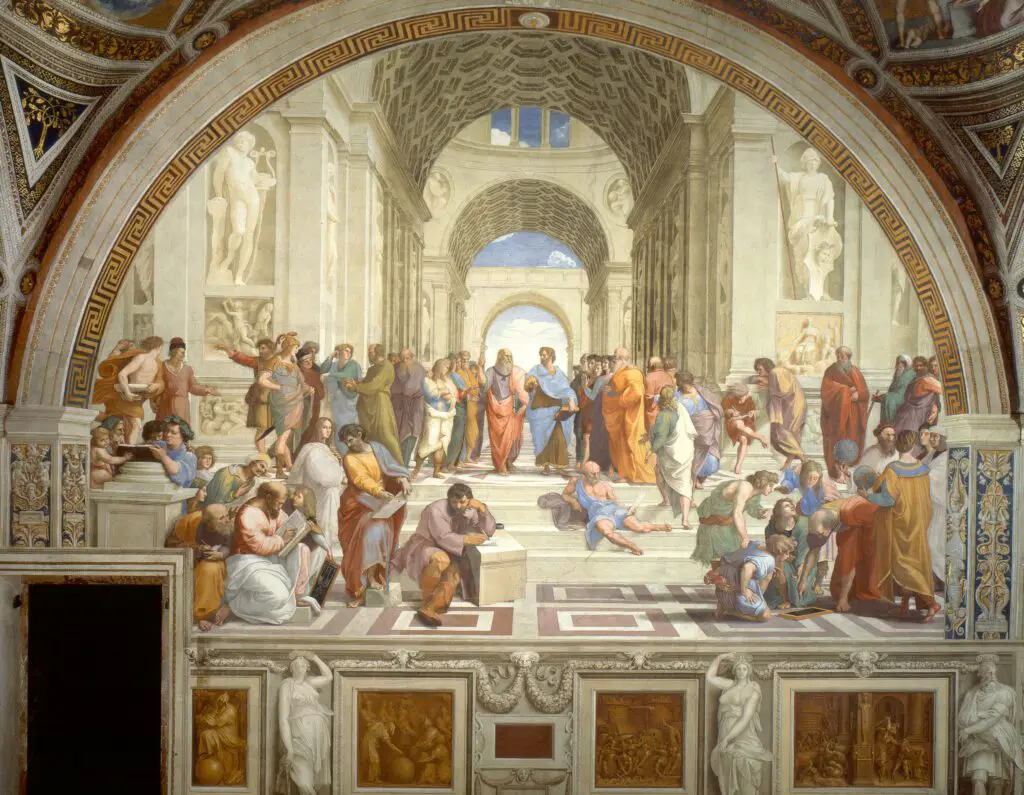
Whenever we talk about the greats of the Renaissance era, Raphael is always mentioned together with Leonardo da Vinci and Michelangelo; Raphael, Michelangelo, and Leonardo are considered the trinity of the High Renaissance.
Raphael’s work is admired because of its clarity of form, its composition, and how visually appealing it is. He has many masterpieces, but some of our favorites include Aldobrandini Madonna, Sistine Madonna, and The School of Athens.
The sad part about Raphael is that he died much younger (died at age 37) than Leonardo and Michelangelo, so we do not know how much of an artist he could have developed if he had lived to be an older age. But even with his relatively short life, he was a very productive painter and a true high Renaissance master.
Giovanni Bellini – Celebrated For His Use of Natural Light
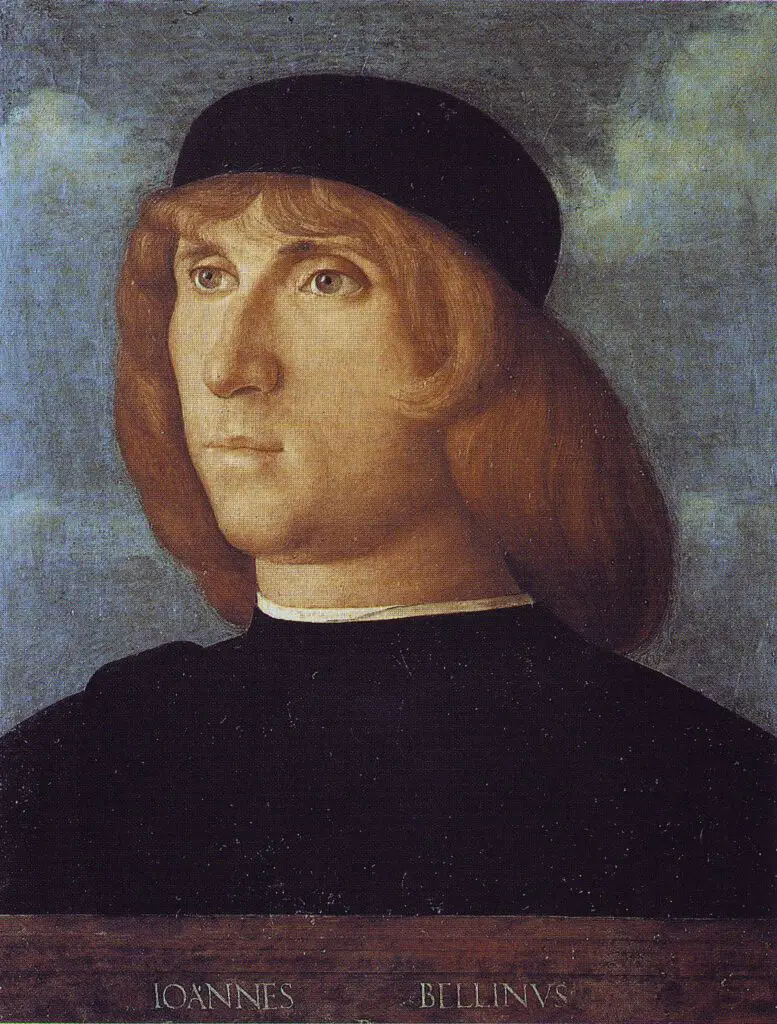
| Birth and Death Dates | 1430 – 1516 |
| Nationality | Italian |
| Art Movements | Renaissance |
| Famous Art Works | San Zaccaria Altarpiece (1505) |
| Christ Blessing (1500) | |
| Madonna and Child (1509) | |
| The Agony of the Garden (1459–1465) |

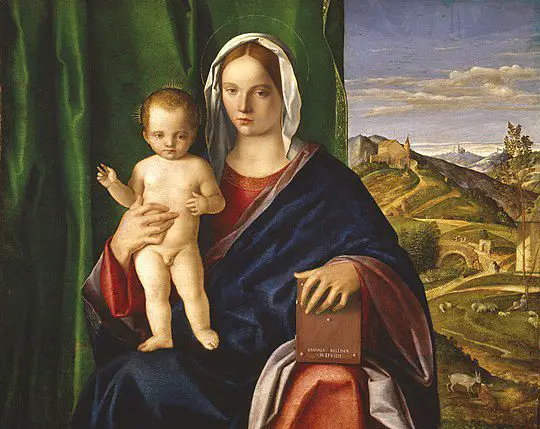

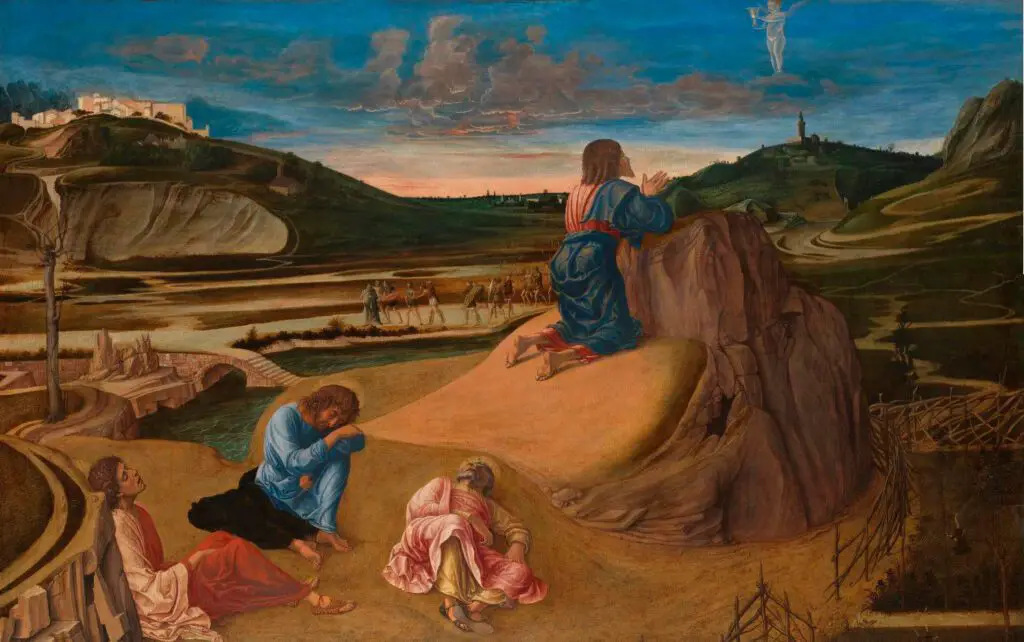
Giovanni Bellini is considered one of the most influential Venetian Renaissance artists. He lived and worked in Venice for his entire life. Bellini had a long and distinguished career and is known as the artist who introduced the Renaissance style to his native Venice, Italy.
Giovanni is known and celebrated for his style of using natural light. His tender and graceful picture of the Virgin Mary and his many altarpieces are considered Renaissance masterpieces.
Andrea del Verrocchio – Trained Many Important Artists

| Birth and Death Dates | 1435 to 1488 |
| Nationality | Italian |
| Art Movements | Renaissance |
| Famous Art Works | Tobias and the Angel (1470–1480) |
| Christ and St Thomas (1467–1483) | |
| David (1420s –1500) | |
| Equestrian Statue of Bartolomeo Colleoni (1453) |


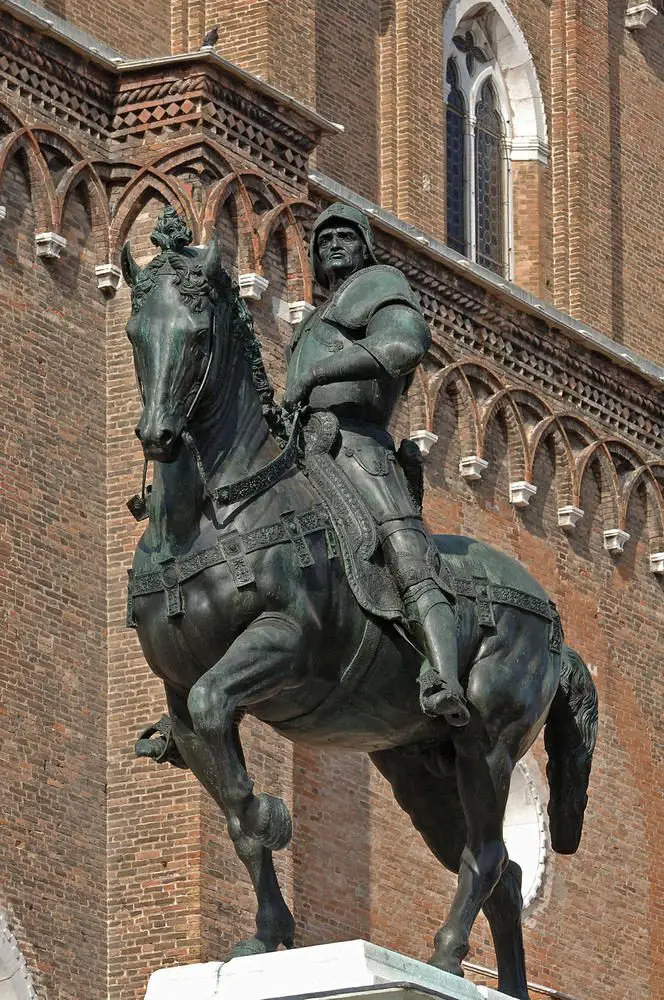

Andrea del Verrocchio was a sculptor, painter, and goldsmith who was also the master of an influential workshop in Florence. Even though he was a painter, he is best known for his sculptures.
Many influential Renaissance artists trained underneath him, including Leonardo da Vinci, Petro Perugino, and Lorenzo di Credit.
The last statue he produced, called the Equestrian Statue of Bartolomeo Colleoni (1453), is considered a masterpiece.
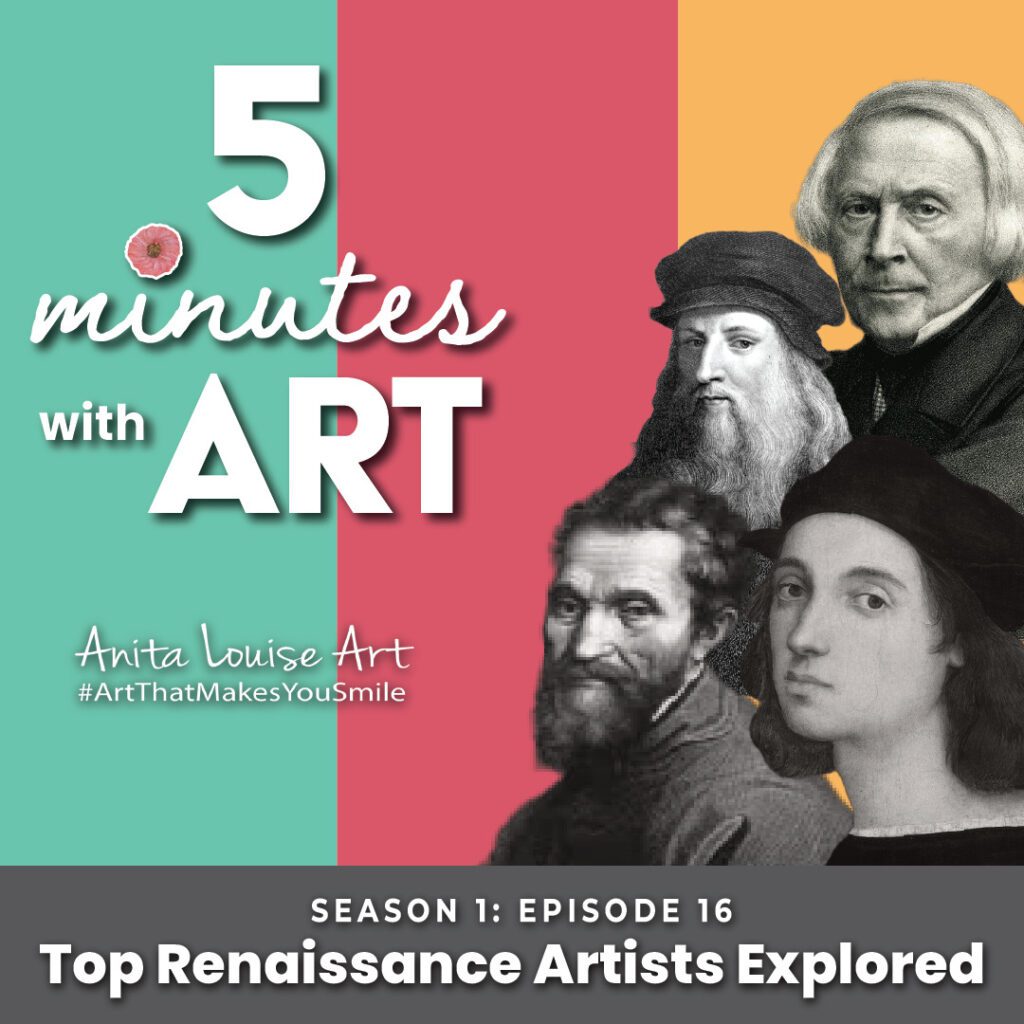
Listen To Our Podcast About Top Renaissance Artists Explored by clicking here.
Masaccio – Great Renaissance Artist Who Died Too Young
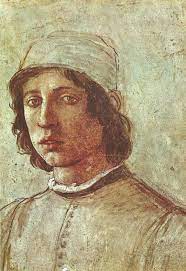
| Birth and Death Dates | 1401 – 1428 |
| Nationality | Italian |
| Art Movements | Early Renaissance |
| Famous Art Works | Brancacci Chapel (Explosion From the Garden of Eden, Tribute Money) (1425 to 1427) |
| Pisa Altarpiece (1426) | |
| Holy Trinity (1426-1428) |
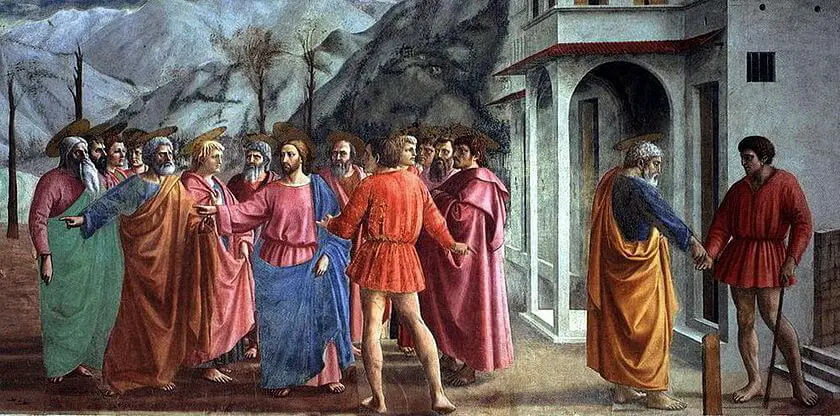


Masaccio makes our list one of the great Renaissance painters because of his effects on this art movement during his short career. Even though Masaccio died at the very young age of 26, we give him a spot in the top 20 Renaissance artists because of his vast effect on the Renaissance era.
The Holy Trinity fresco painting in the Dominican Church of Santa Maria Novella, Florence, Italy, is the earliest surviving painting to use the systematic linear perspective. According to the records, Masaccio placed a nail at the vanishing point and then used strings to determine how the lines converged.
Paolo Uccello – Artist and Mathematician
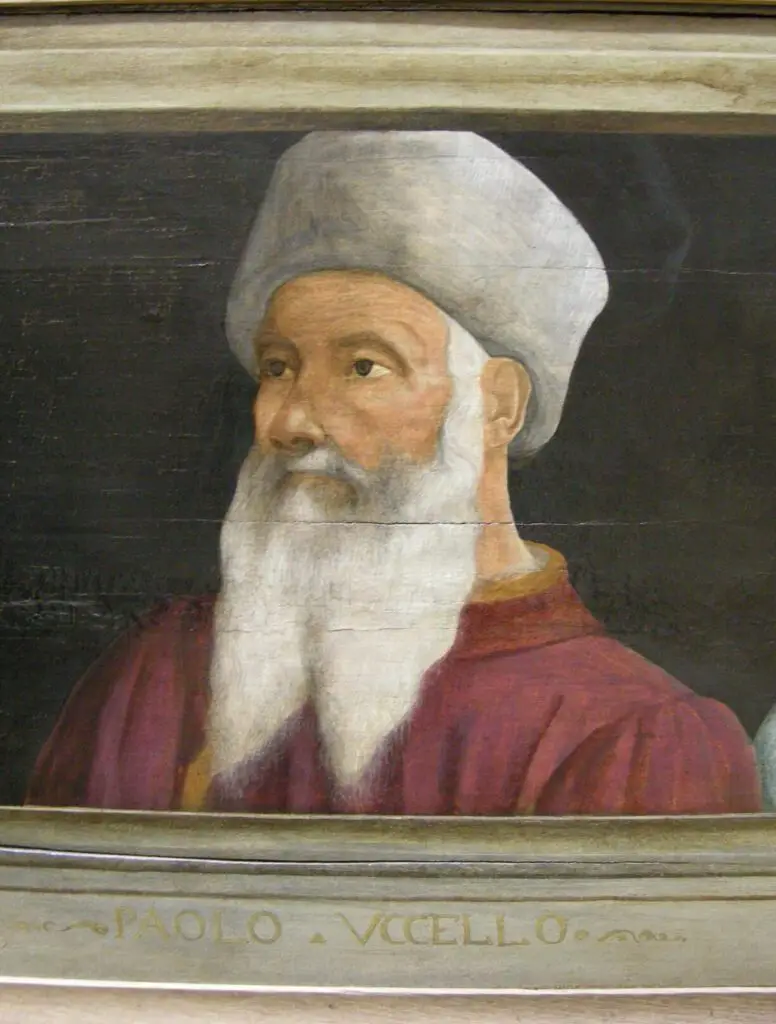
| Birth and Death Dates | 1395 to 1475 |
| Nationality | Italian |
| Art Movements | Early Renaissance |
| Famous Art Works | Funerary Monument to Sir John Hawkwood (1463) |
| Saint George and the Dragon (1470) | |
| The Battle of San Ramano (1432) |
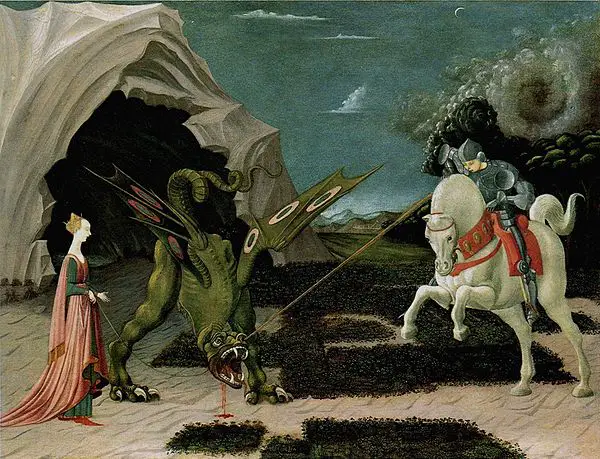


Paolo Uccello was an early Renaissance painter; he was an artist and mathematician obsessed with the visual perspective in his art. He would stay up all night studying his interest in perspective and the exact vanishing point.
One of his most important paintings was The Battle of San Romano (1432), where he used perspective to create a sense of depth for the work. He also set the scene as a kind of theatrical stage.
Piero della Francesca – Renaissance Mathematician and Geometer

| Birth and Death Date | 1415 to 1492 |
| Nationality | Italian |
| Art Movement | Early Renaissance |
| Famous Art Work | The Baptism of Christ (1448–1450) |
| Flagellation of Christ (1468–1470) | |
| Brera Madonna (1472) |
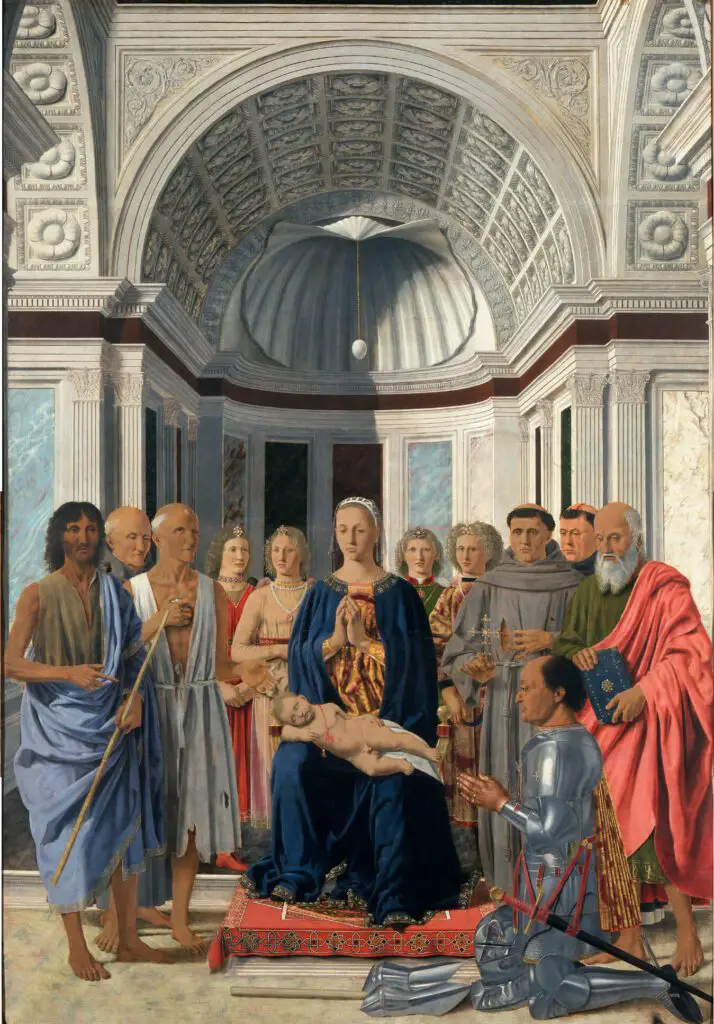
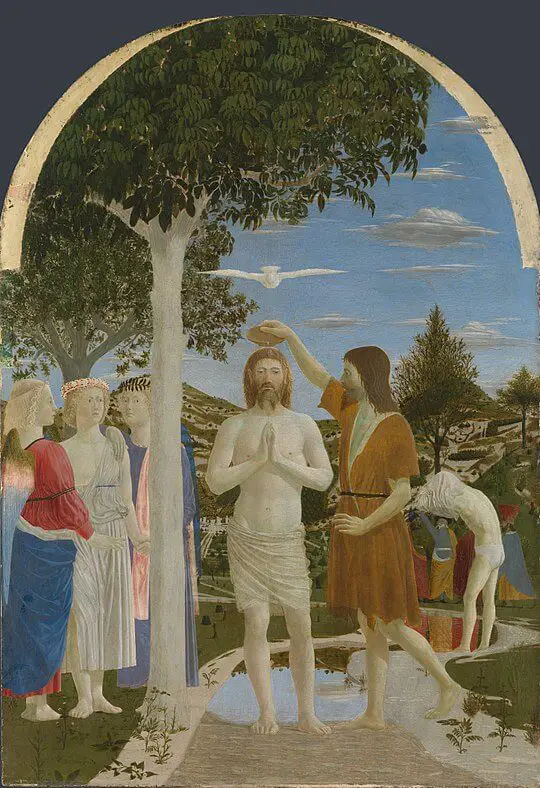
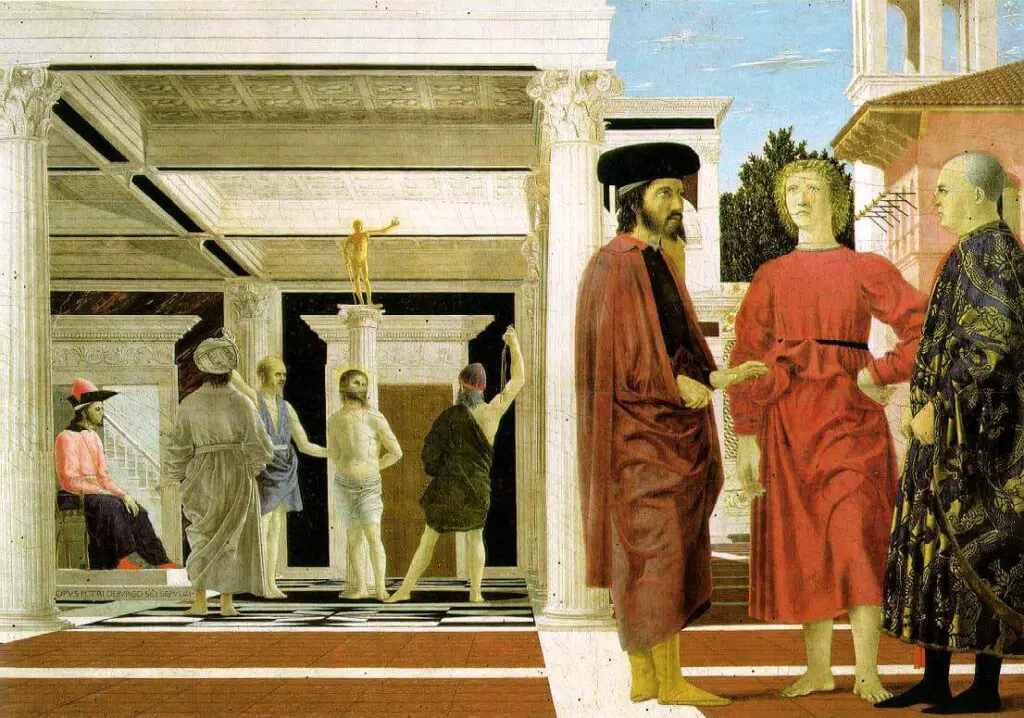
Piero della Francesca was an Early Renaissance painter and a mathematician and geometer. He is an artist known for using geometric forms and perspective.
His work, The Flagellation of Christ (1468 – 1470), is an important early example of the linear perspective in Renaissance art. Many consider this painting an absolute masterpiece of the Early Renaissance art era.
Antonello da Messina – Introduced Oil Painting
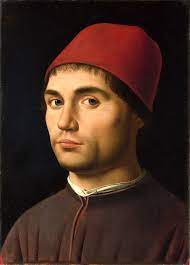
| Birth and Death Dates | 1430 to 1479 |
| Nationality | Italian |
| Art Movements | Early Renaissance |
| Famous Art Work | St Jerome In His Study (1474) |
| Salting Madonna (1460) | |
| The Virgin Annunciate (1476) |
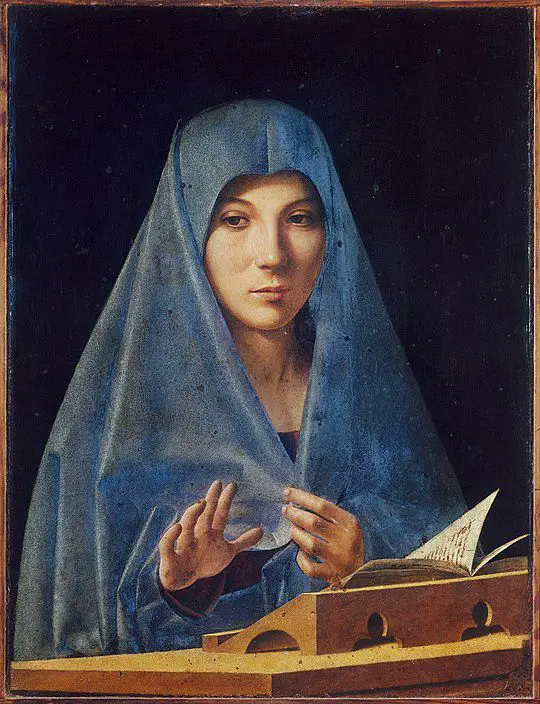
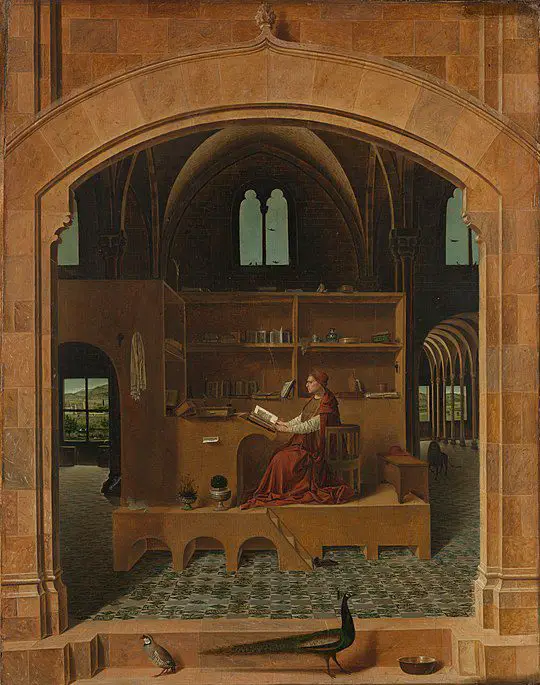
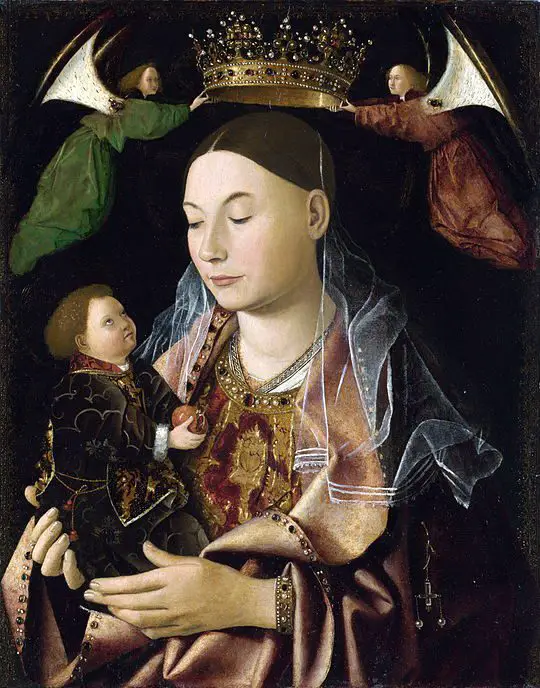
Antonella da Messina was a Sicilian painter active in the Early Renaissance era. Some people credit him with the introduction of oil painting to Italy. His artwork influenced many painters, especially painters in northern Italy and Venice.
In his very complex piece St Jerome In His Study (1474), we can see how he used his knowledge of the human body, natural elements, and the divine to paint this masterpiece. His knowledge of geometry was used to organize this painting and make it a true masterpiece.
Andrea Mantegna – Fascinated By Perspective Of Art
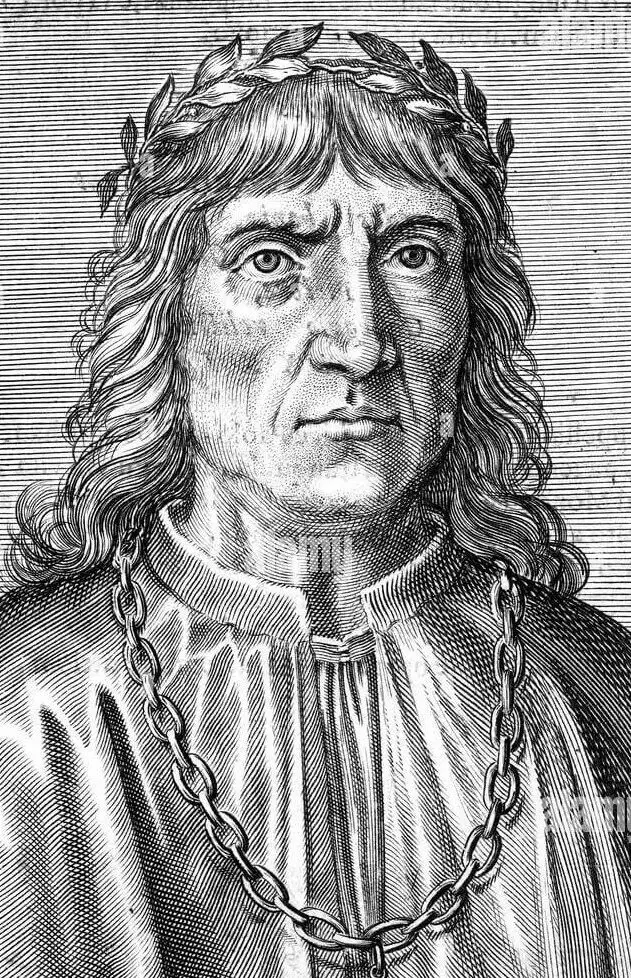
| Birth and Death Date | 1431 to 1506 |
| Nationality | Italian |
| Art Movement | Renaissance |
| Famous Art Work | Lamentation of Christ (1480) |
| St. Sebastian (1459 – 1460) | |
| The Agony In The Garden (1458 – 1460) |

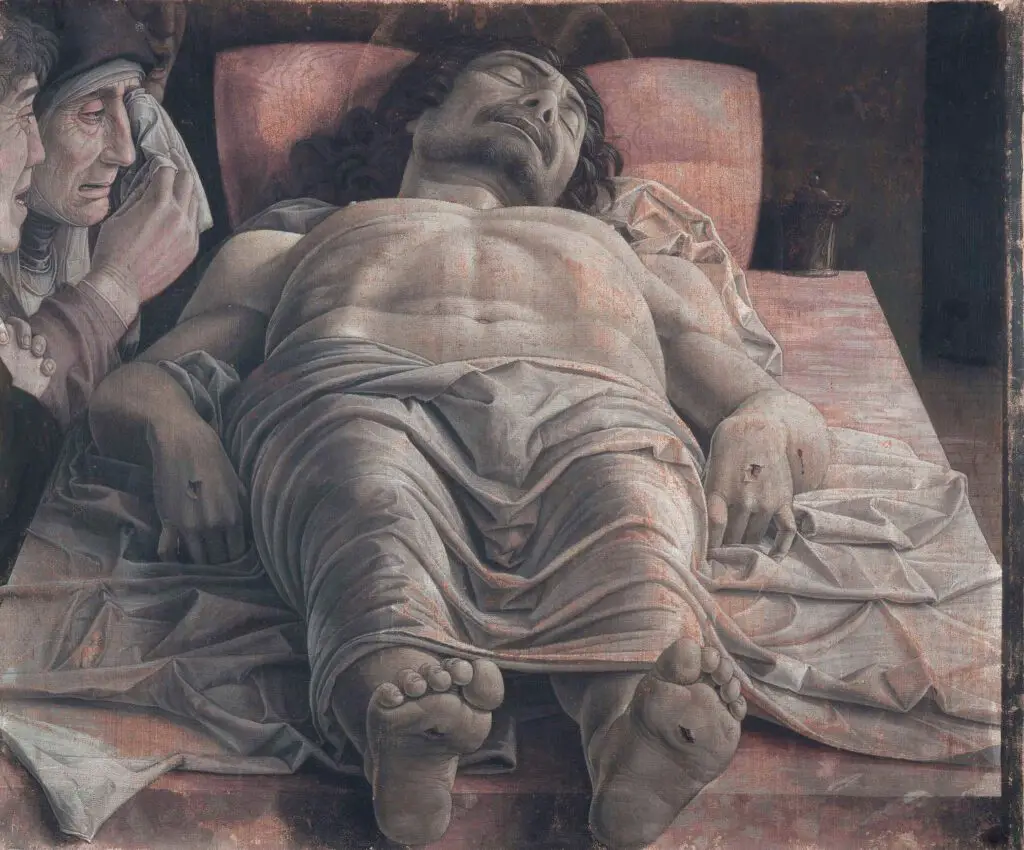
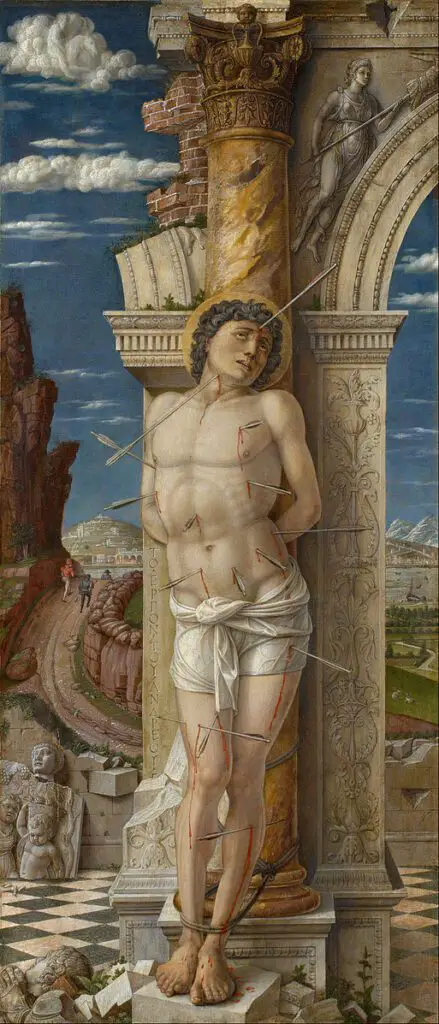
Andrea Mantegna was an Italian painter and also a student of Roman archeology. Like many other artists, he was fascinated with and experimented with perspective in his art. A lot of his paintings have almost a sculptural aspect to them.
In his painting, the Lamentation of Christ (1480), Mary Magdelene cries over Christ’s body. The exciting part of this painting is the perspective that Andrea Mantegna painted it so that we see Christ’s feet first.
Pietro Perugino – Teacher of Raphael
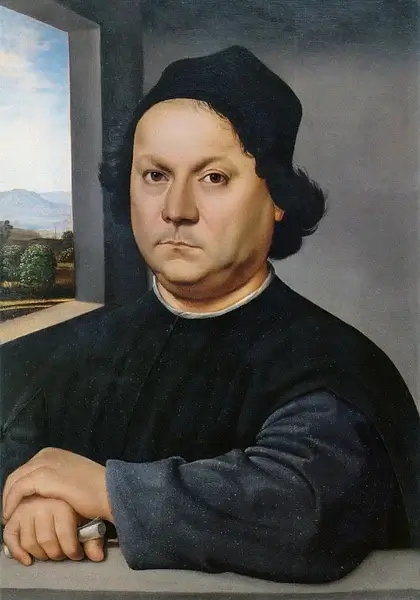
| Birth and Death Dates | 1446 to 1523 |
| Nationality | Italian |
| Art Movements | Renaissance and High Renaissance |
| Famous Art Works | The Delivery of The Keys (1481–1482) |
| Pieta (1483–1493) | |
| Madonna and Child Enthroned Between Saint John the Baptist and Sebastian |



Pietro Perugino was the teacher of Raphael; even though Raphael surpassed him, Pietro Perugino made significant contributions to Renaissance art.
The Delivery of the Keys (1481–1482), is located in the Sistine Chapel and is one of his most important works of art. The artwork is an excellent example of Pietro Perugino using a linear perspective to give his background and painting depth.
Sandro Botticelli – Known For Perspectives
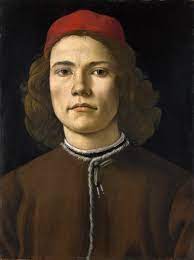
| Birth and Death Dates | 1445 to 1510 |
| Nationality | Italian |
| Art Movement | Early Renaissance |
| Famous Art Works | Primavera (1470) |
| The Birth of Venus (1484–1486) | |
| The Adoration of the Magi (1475) |


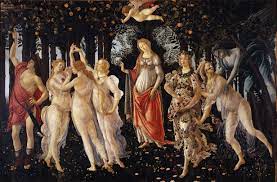
Sandro Botticelli was an Italian painter of the Early Renaissance. His painting shows some great examples of the Italian Gothic and Early Renaissance perspectives.
He painted some famous mythological paintings that were considered groundbreaking for art during his lifetime. In his painting, The Birth of Venus (1484–1486), the prominence of the female nude was deemed groundbreaking for the early Renaissance.
Giorgione – Emphasized Color

| Birth and Death Dates | About 1477 to about 1510 |
| Nationality | Italian |
| Art Movements | High Renaissance |
| Famous Art Works | The Tempest (1508) |
| Sleeping Venus (1510) | |
| Castelfranco Madonna (1503 -1504) | |
| The Three Philosophers (1505–1509) |

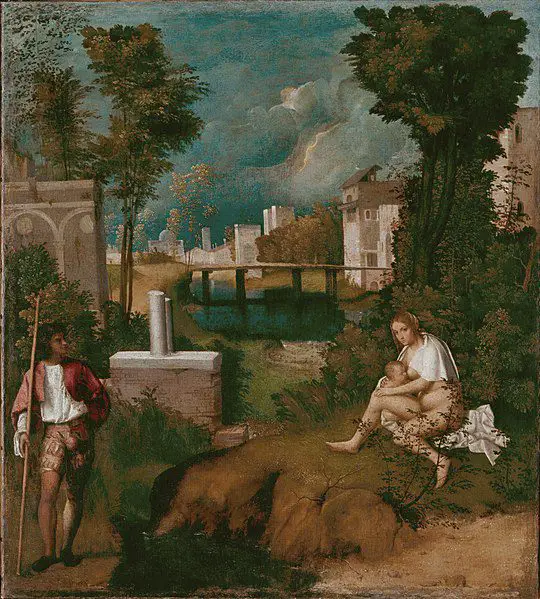
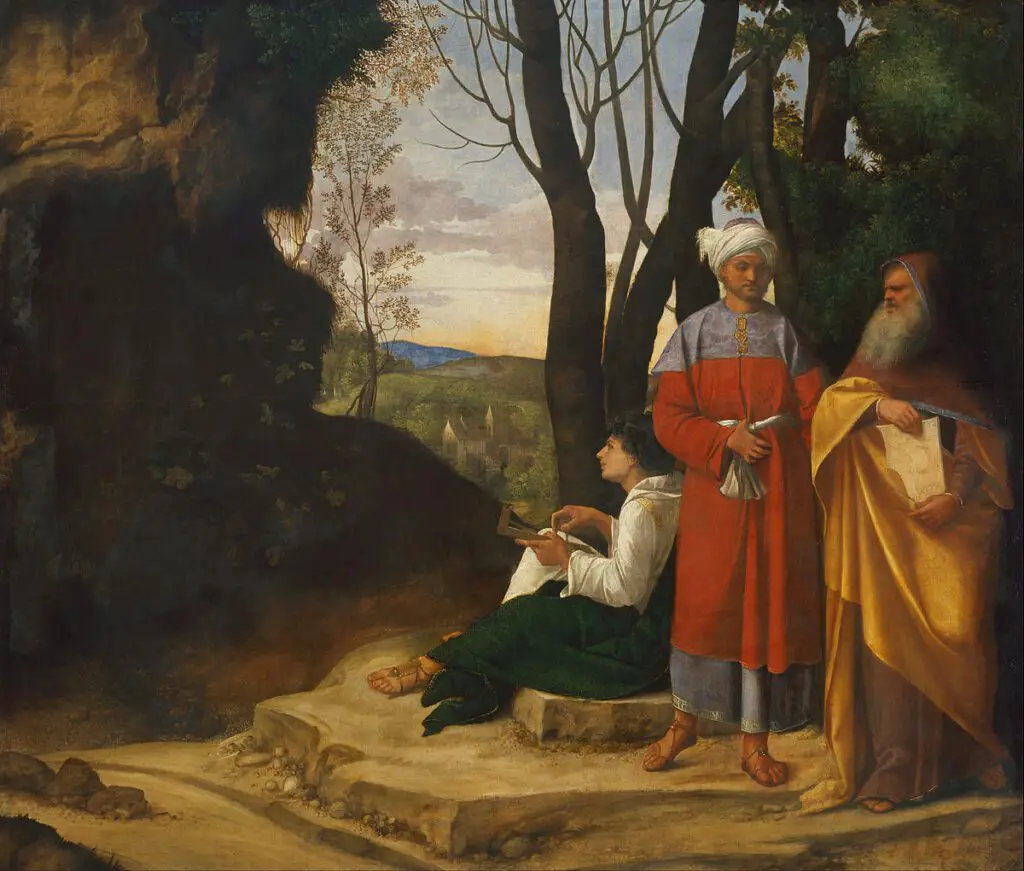
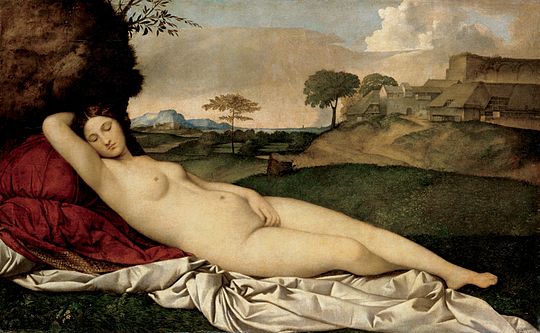
Not much is known about the Italian painter Giorgione, except we know that he was a High Renaissance painter who died in his thirties. Only about six paintings have been positively identified as his.
Giorgione was known to have a kind of elusive poetic quality to his work. He was a pioneer painter who began to emphasize color. His painting The Tempest (1508), is an example of this style and use of color where he shows a woman breastfeeding her baby and a soldier watching on while a dark storm is brewing in the background.
Titian – Versatile Italian Renaissance Painter
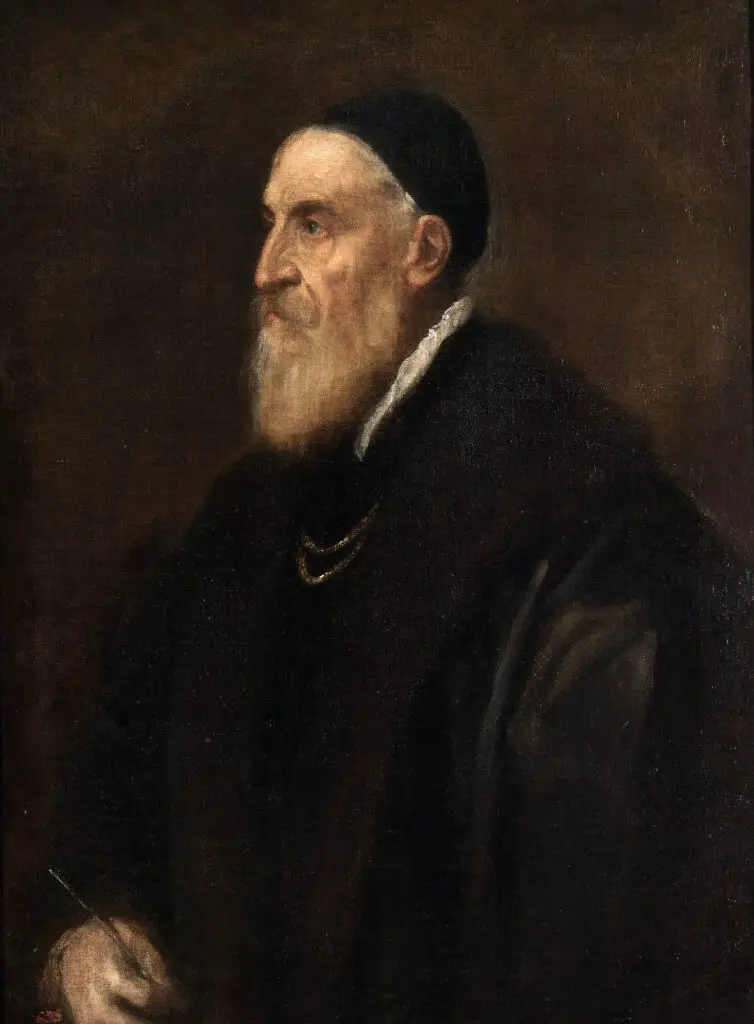
| Birth and Death Dates | About 1488 to 1576 |
| Nationality | Italian |
| Art Movements | High Renaissance and Late Renaissance |
| Famous Art Works | Sacred and Profane Love (1514) |
| The Man With The Quilted Sleeve (1510) | |
| Assumption of the Virgin (1516 – 1518) |
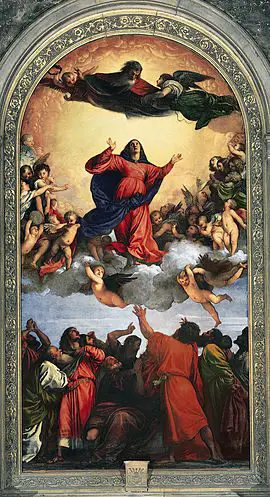


Titian, also known as Tiziano Vecelli, was a Renaissance artist known to be part of the important Venetian School. He was also one of the most versatile Italian painters who was adept at painting portraits, landscapes, and mythological and religious subjects.
Titan is considered to be a master of color. Sacred and Profane Love (1514) was one of his earlier paintings commissioned to commemorate a marriage. The work shows how masterful Titan was with the execution of color.
Sebastiano del Piombo – An Underrated Renassiance Artist

| Birth and Death Dates | 1485 to 1547 |
| Nationality | Italian |
| Art Movements | High Renaissance and Early Mannerism |
| Famous Art Works | Saint Louis at Toulouse (1509) |
| Salome or Judith (1510) | |
| The Judgement of Solomon (1505–1510) |
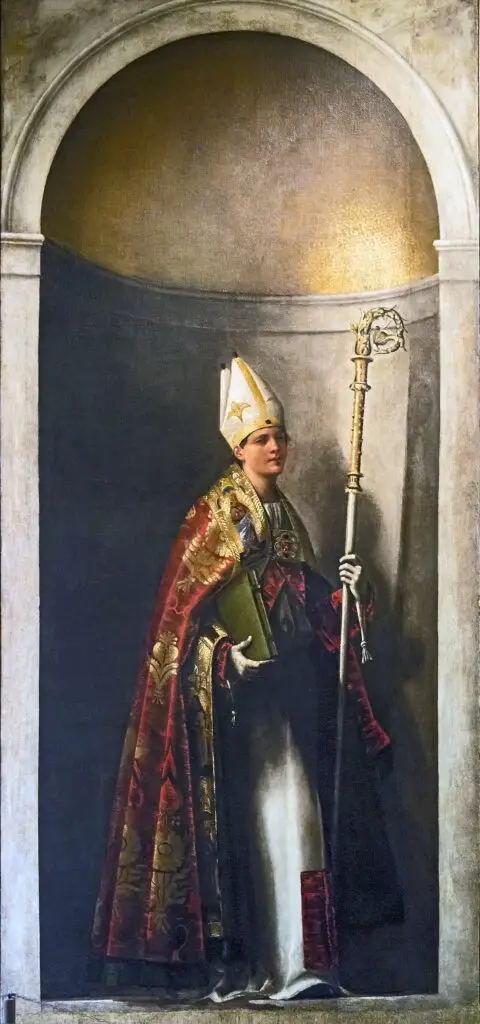
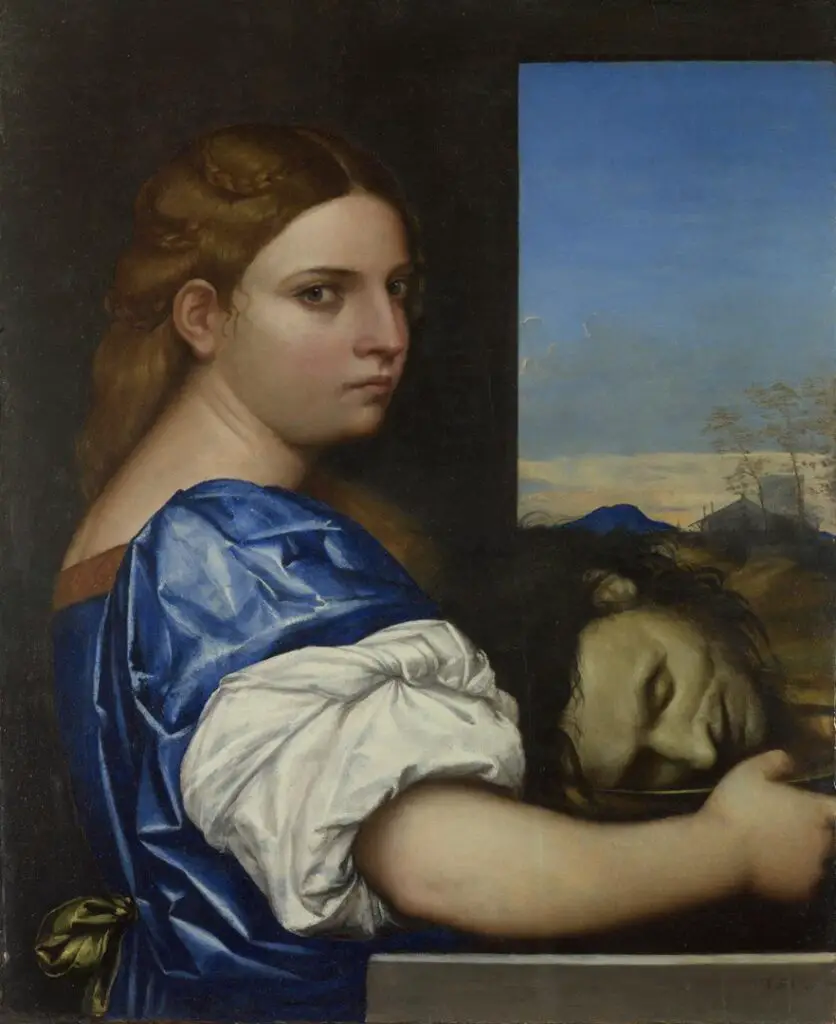

Sebastiano del Piombo is an artist we consider one of the most underrated Renaissance Artists. Early in his career, he showed great promise and pure genius, but suddenly, for no apparent reason, he stopped painting.
His artwork is of the High Renaissance and Early Mannerism movements; his paintings show a lot of incredible sensuality and spirituality. Sebastiano was a rebel at heart and was part of one of the most avant-garde artistic movements of Renaissance Europe.
By clicking here, you can discover more about Sebastiano del Piombo by reading our blog, Who Is The Most Underrated Renaissance Artist?
Fra Angelico – Renaissance Frair Who Painted
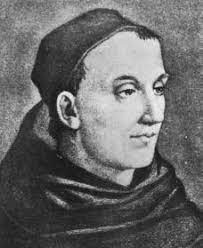
| Birth and Death Dates | 1395 to 1455 |
| Nationality | Italian |
| Art Movements | Early Renaissance |
| Famous Art Works | Annunciation of Cortona (1433-1434) |
| Fiesole Altarpiece (1424–1501) | |
| San Marco Altarpiece (1438–1443) | |
| Deposition of Christ (1432–1434) | |
| Niccolini Chapel (1447–1449) |
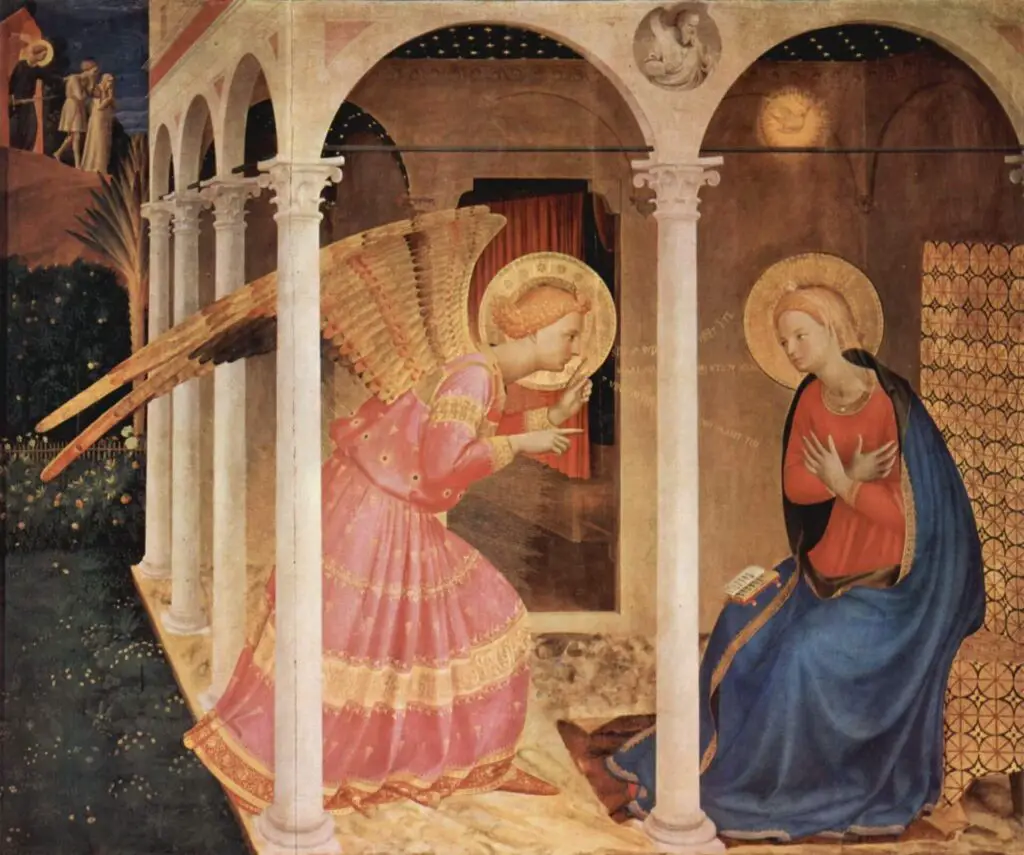
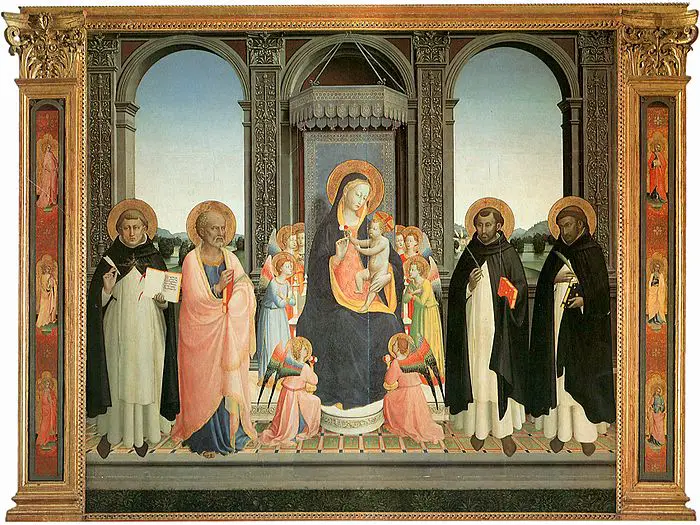

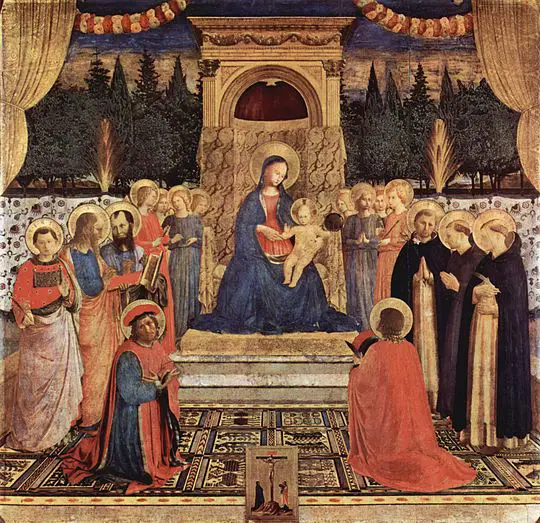
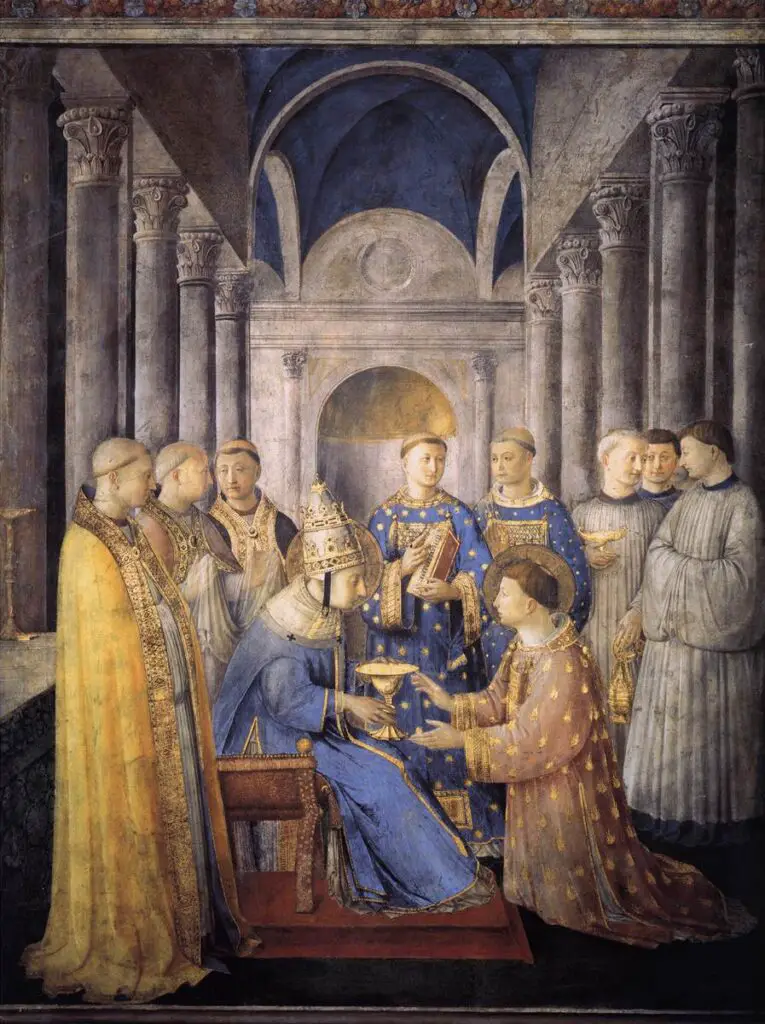
Fra Angelico was an Early Renaissance artist who showed rare and perfect talent. He was known to be a highly talented yet humble artist. He earned his reputation in the frescos he made for his church, the San Marco in Florence, Italy.
Fra Angelico was known for painting a lot of fresco masterpieces. One of them, the San Marco Altarpiece (1438–1443), is a masterpiece of Early Renaissance paintings that used metaphors and perspective, plus a Trompe-l’ceil technique and the intertwining of Dominican religious themes and symbols.
Donatello – Renaissance Sculptor
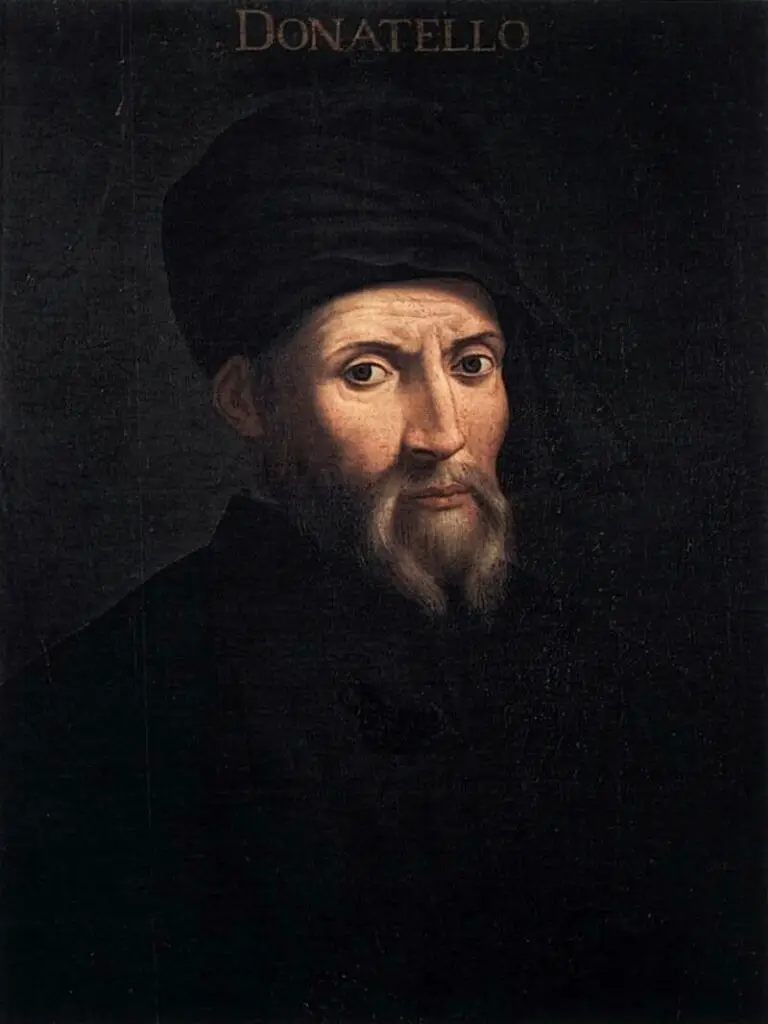
| Birth and Death Dates | 1386 to 1466 |
| Nationality | Italian |
| Art Movements | Early Renaissance |
| Famous Art Works | Saint George (1410-1415) |
| David (1440) | |
| Equestrian Monument of Gattameleta (1453) |
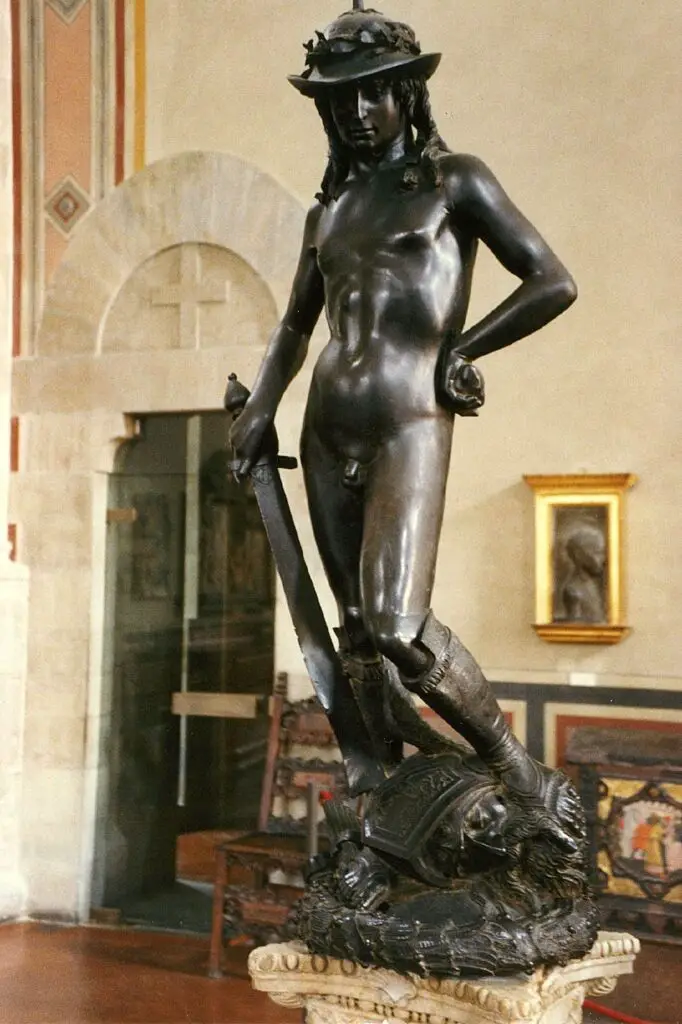

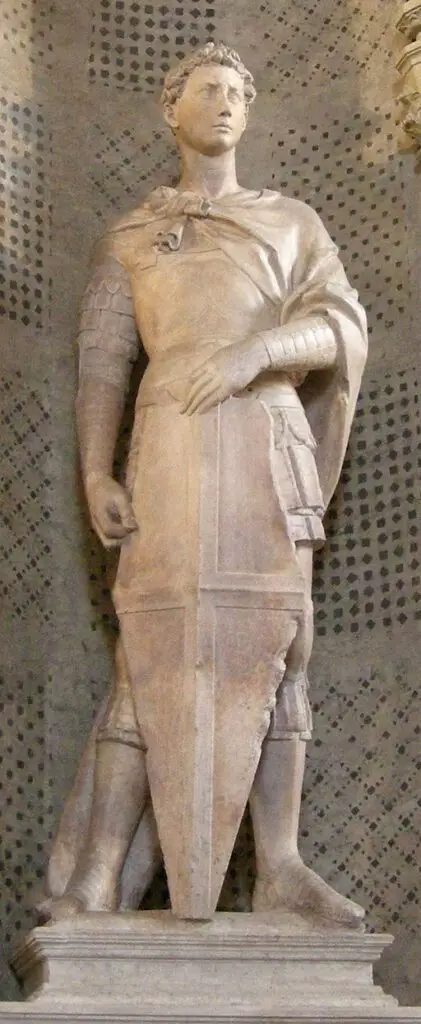
Donatello was a Florentine sculptor from the early Renaissance era. He studied classical sculptors and used his studies to develop the early Renaissance classical style. He was known to work in stone, bronze, wood, clay, stucco, and wax.
Donatello’s David (1440), is one of his most famous statues; it is the first known male nude produced since the Roman Antiquity period. Donatello’s David is also one of the first significant works of Renaissance sculptors.
Filippino Lippi – An Artist With Attention To Detail
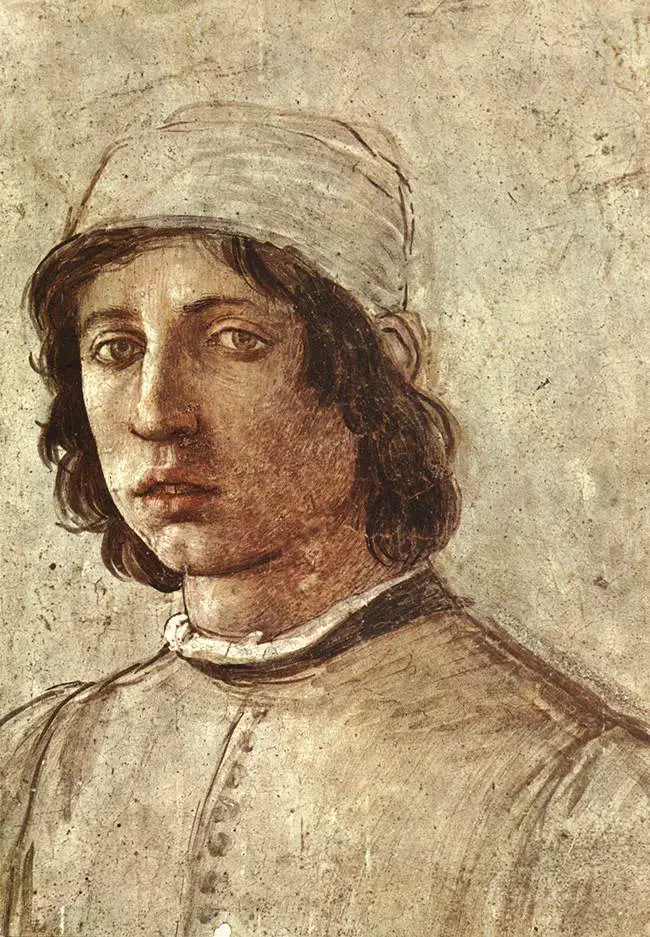
| Birth and Death Dates | 1457 to 1504 |
| Nationality | Italian |
| Art Movements | Early Renaissance and High Renaissance |
| Famous Art Works | Virgin to St. Bernard (1485–1487) |
| Adoration of Magi (1496) | |
| Allegory of Music (1500) | |
| Mystical Marriage of St. Catherine (1501) |



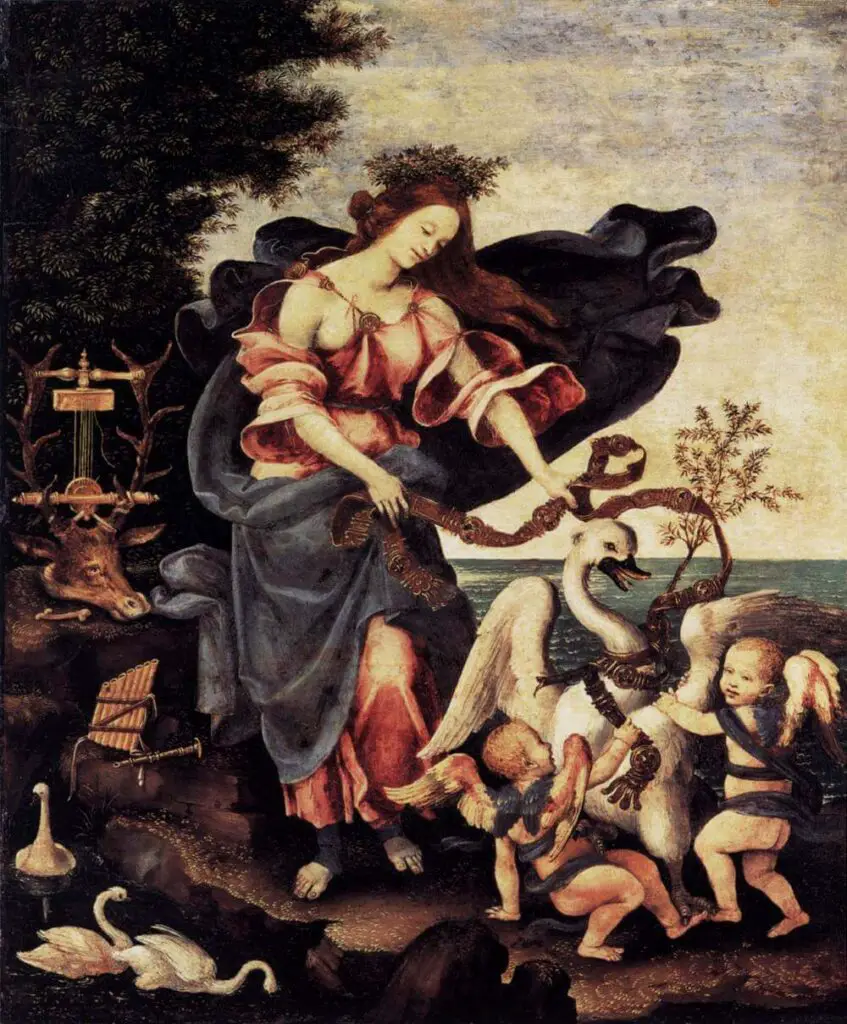
Filippino Lippi was a painter for both the early Renaissance and the early years of the High Renaissance era. He was also an apprentice of Sandro Botticelli, whose influence we can see in his work.
One of Lippi’s most admired works is the Virgin to St. Bernard (1485–1487). This artwork is admired due to the powerful, Flemish-inspired chromatism and his attention to detail.
Domenico Ghirlandaio – Had An Influential Workshop

| Birth and Death Dates | 1448 to 1494 |
| Nationality | Italian |
| Art Movements | Italian Renaissance |
| Famous Art Works | Pope Gregory announces the death of Santa Fina (1477-1478) |
| The vocation of the Apostles (1481–1482) | |
| Adoration of the Shepherds (1483-1485) |
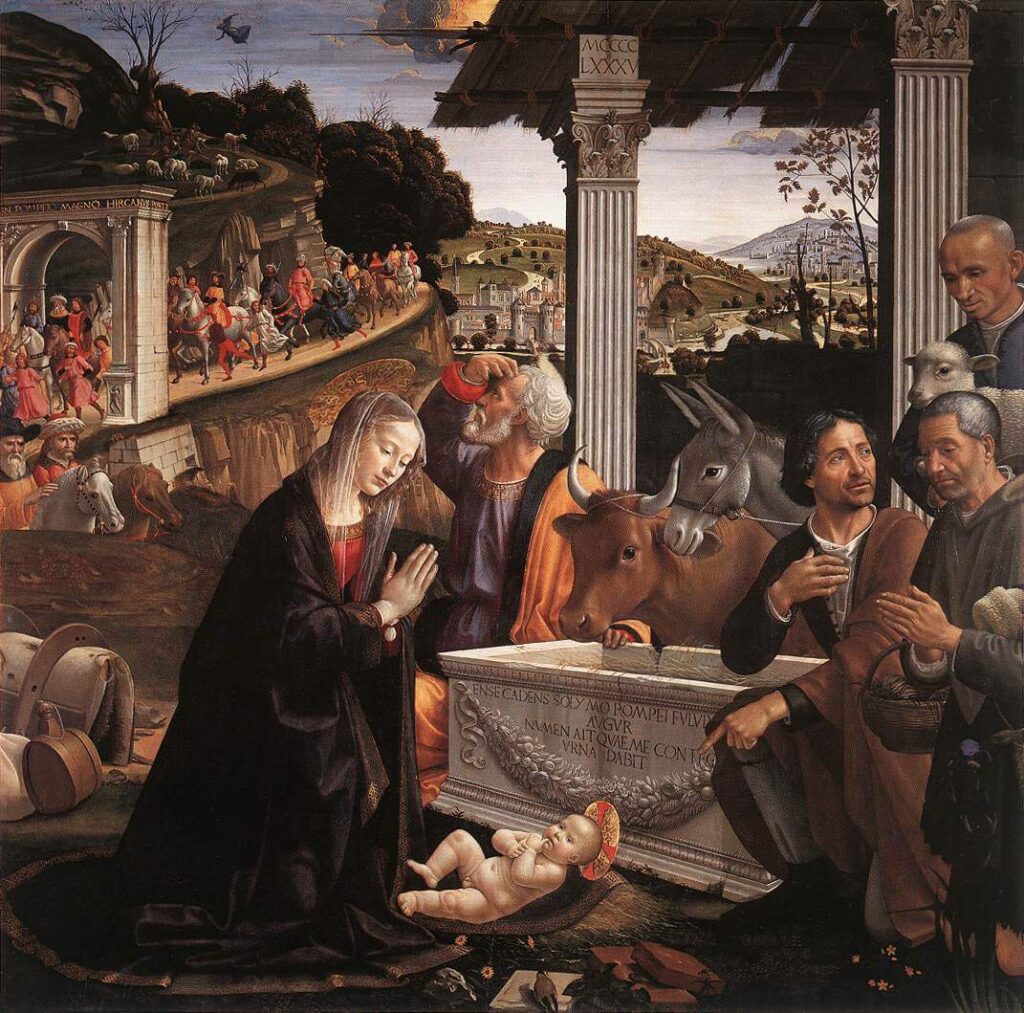
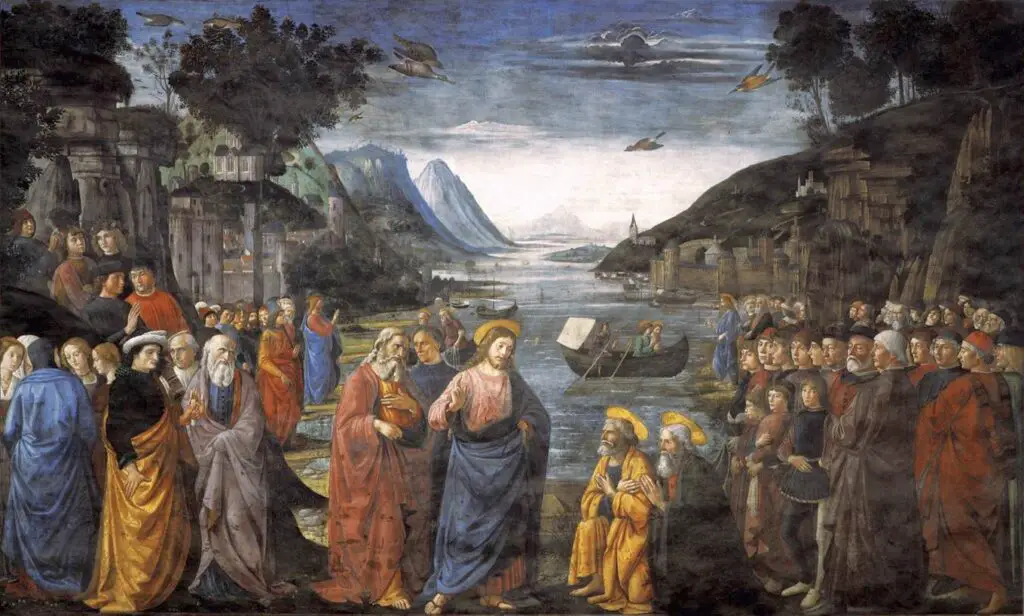

Domenico Ghirlandaio was an Italian Renaissance painter who had a large and efficient workshop in Florence. Many apprentices passed through his workshop, including Michelangelo.
Domenico Ghirlandaio was known for using contemporary life with portraits of contemporary people within a religious narrative; his ability to do this helped bring him a lot of large, lucrative commissions. Ghirlandaio was considered one of the most important painters of his time.
Albrecht Durer – Influential German Renaiaance Artist
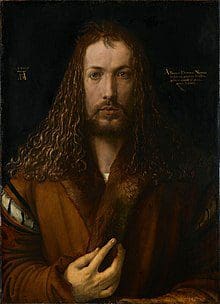
| Birth and Death Dates | 1471 to 1528 |
| Nationality | German |
| Art Movements | German Renaissance |
| Famous Art Works | Melencolia I (1514) |
| Praying Hands (1508) | |
| Adam and Eve (1504) |
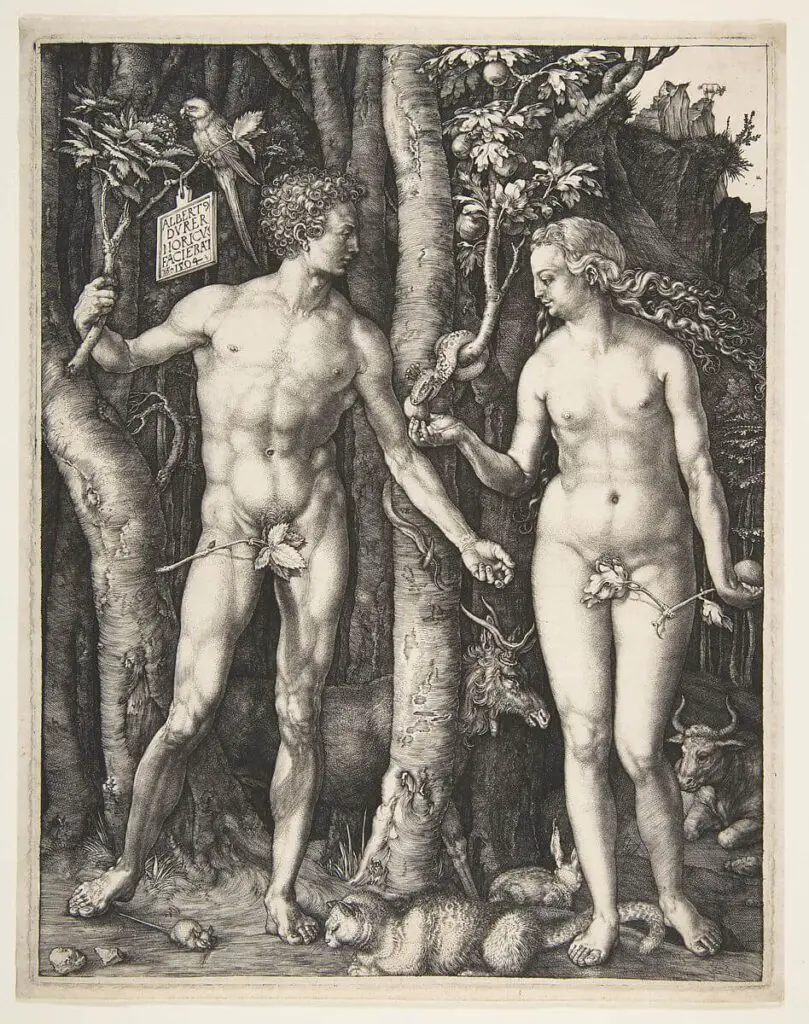

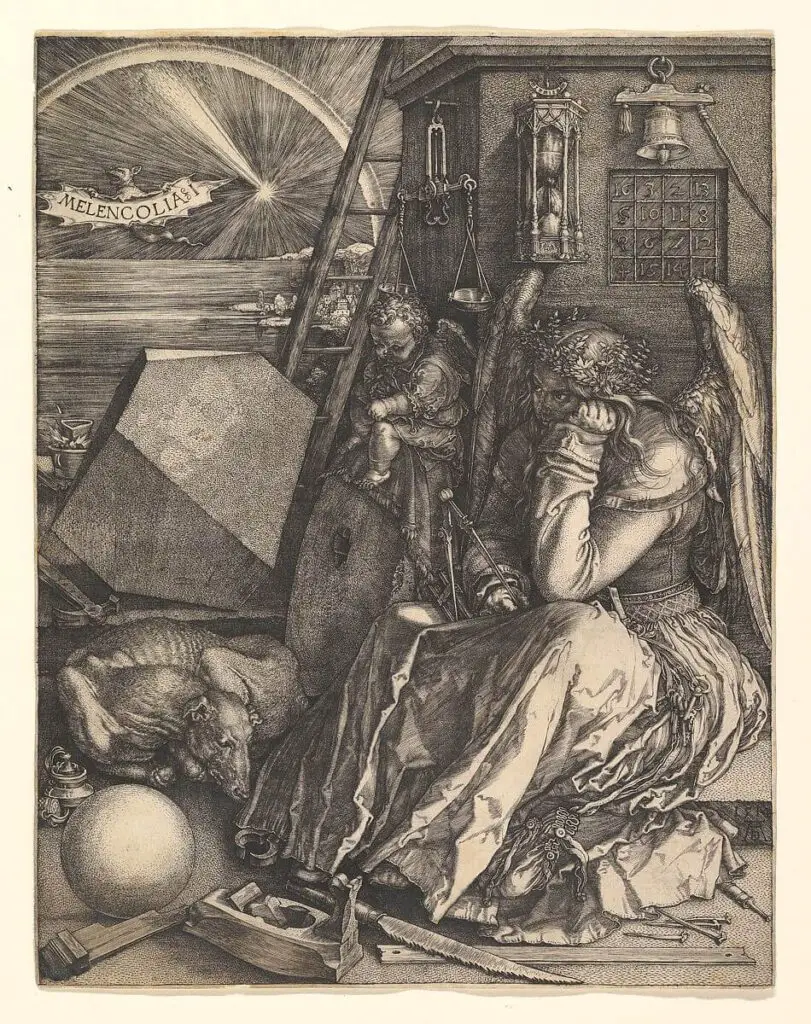
Albrecht Durer was a German painter, printmaker, and theorist of the German Renaissance. Durer established himself throughout Europe due to his high-quality woodcut prints. He was in contact with many of the major Italian artists of his time, including Raphael, Giovanni Bellin, and Leonardo da Vinci.
Durer had a huge influence on many artists of the succeeding generations, particularly in printmaking. He was also very successful in spreading his reputation around Europe, which inspired other artists like Raphael, Titian, and Parmigianino to collaborate with printmakers to promote their works of art.
Lucas Cranach the Elder – German Renaissance Court Painter

| Birth and Death Dates | 1472 to 1553 |
| Nationality | German |
| Art Movements | German Renaissance |
| Famous Art Works | Adam and Eve (1526) |
| Portrait of Martin Luther (1532) | |
| Judgment of Paris |
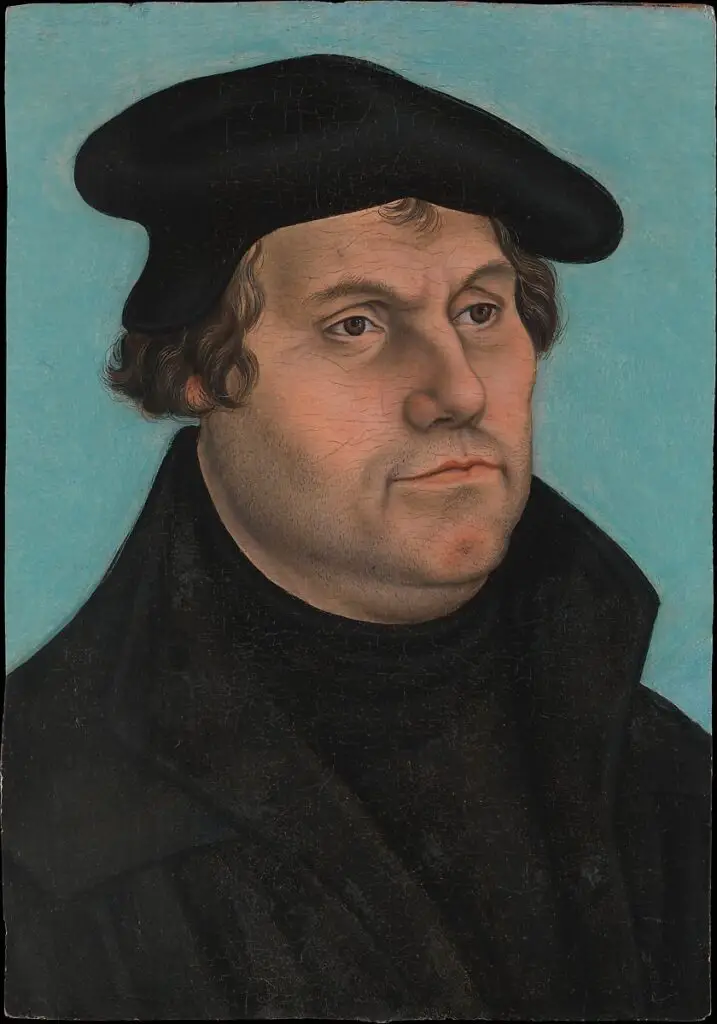

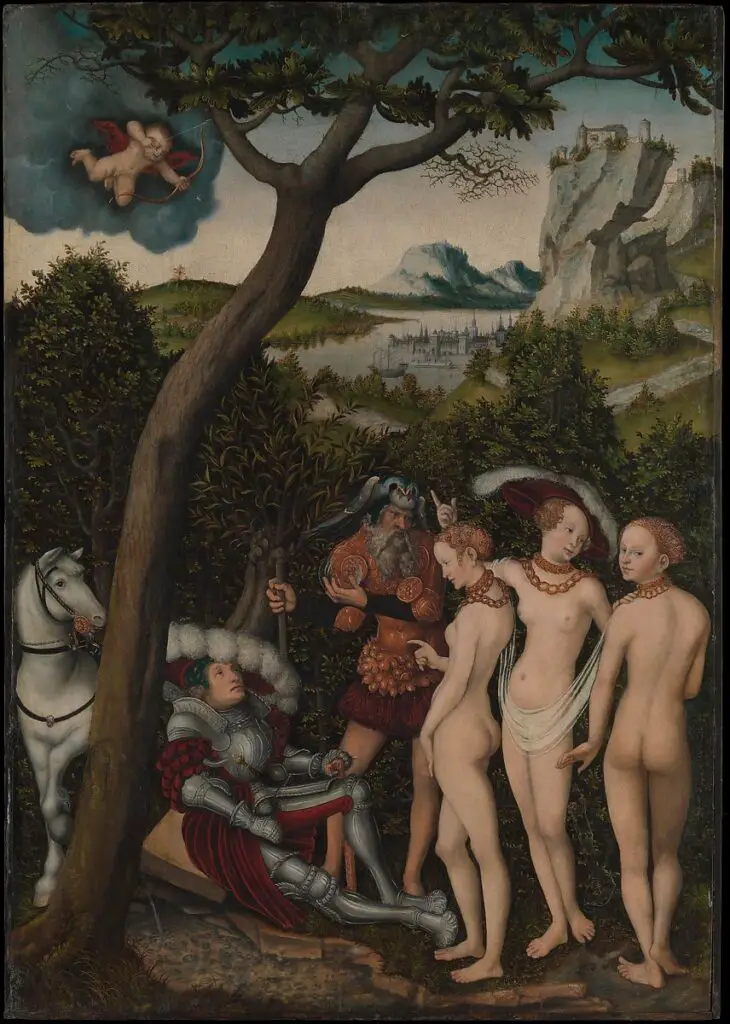
Lucas Cranach the Elder was part of the German Renaissance as a painter and printmaker in woodcuts and engravings. He was also a court painter to the Electors of Saxony for most of his career. He is well known for his portraits of German princes and leaders of the Protestant Reformation.
He painted many religious and nude subjects from mythology and religion. He was known to be a personal friend of Martin Luther and a supporter of the Reformation.
During World War II, the Nazis were fans of Lucas Cranach, the Elder, and looted many of his paintings during the Third Reich.
There were so many great artists during the Renaissance era. Our list only has 21 of them, but we could list many more critical artists. These artists helped change how art was done and have left us with unique masterpieces that we can still appreciate and enjoy.
12 Reasons Why the Renaissance Was a Pivotal Era in Art
The Renaissance, spanning roughly from the 14th to the late 17th century, marked a profound transformation in art, culture, and intellectual pursuits.
Here are twelve reasons that underscore the unmatched significance of the Renaissance in the realm of art:
- Rebirth of Classical Learning: The term ‘Renaissance’ translates to ‘rebirth’. This era saw a renewed interest in ancient Greek and Roman art, culture, and wisdom, leading to the infusion of classical aesthetics and values into art.
- Linear Perspective: Pioneered during the Renaissance, artists developed and mastered the concept of linear perspective, adding depth and a three-dimensional feel to their paintings. This gave the viewer a sense of being “inside” the scene.
- Chiaroscuro Technique: Artists began to utilize light and shadow (chiaroscuro) more effectively, adding a new depth and realism to their works. This technique illuminated figures from the background, making them appear more lifelike.
- Anatomical Accuracy: Artists like Leonardo da Vinci took a keen interest in human anatomy, leading to more anatomically correct and lifelike depictions of the human figure in art.
- Individualism: Unlike the art of the Middle Ages, which focused more on religious and communal themes, Renaissance art celebrated the individual, marking the rise of portraits and self-portraits.
- Emergence of Patronage: Wealthy families like the Medici in Florence became significant patrons of the arts. Their financial support allowed artists to pursue their craft full-time, leading to a surge in artistic output.
- Spread of Humanism: Humanist philosophy, which emphasizes human experience and potential, became prominent during the Renaissance. Art reflected this as human figures, emotions, and backgrounds took center stage.
- Introduction of Oil Paint: The transition from tempera to oil paint allowed for richer colors, better blending, and longer working times, revolutionizing painting techniques.
- Diverse Range of Subjects: While religious themes remained prevalent, the Renaissance era also saw an increase in mythological, historical, and everyday life subjects in art.
- Revolution in Sculpture: Donatello, Michelangelo, and other sculptors reintroduced the free-standing human figure, capturing the grace, strength, and beauty of the human form in three dimensions.
- Architectural Marvels: The principles of harmony, symmetry, and proportion were zealously adopted in architecture. This era birthed structures like Florence Cathedral’s dome, combining artistic splendor and engineering prowess.
- The proliferation of Artistic Centers: While cities like Florence and Rome were the epicenters, the Renaissance movement spread across Europe, with regions like the Low Countries (present-day Belgium, Netherlands, Luxembourg) also becoming significant artistic hubs.
The Renaissance wasn’t just an era of artistic evolution; it marked a profound shift in how humanity perceived itself, the world, and the broader cosmos. The artworks from this period remain a testament to the unparalleled fusion of skill, curiosity, and innovation.
Anita Louise Art is dedicated to art education, great artists, and inspiring others to find and create their art. We love art that uplifts and inspires. #ArtToMakeYouSmile! #ArtToMakeYouHappy!
If you are interested in seeing any of my art, you can find out more by clicking here. If you are interested in what inspires me and my paintings, you can discover more by clicking here.
We have a free newsletter and would love you to be part of our community; you can subscribe to the newsletter by clicking here. If you have any questions, I would be happy to talk to you. You can reach me, Anita, by clicking here.
Subscribe to our Anita Louise Art YouTube Channel filled with great videos and information by clicking here.
Join us for our podcast “5 Minutes With Art.” Spend just 5 minutes a week with us to discover and learn about great art and artists. You can find out more about our podcast by clicking here.
Frequently Asked Questions
What was the Renaissance?
The Renaissance was a period of cultural and intellectual transformation that took place in Europe between the 14th and 17th centuries, characterized by a renewed interest in the arts, literature, science, and humanism.
When did the Renaissance occur?
The Renaissance spanned from the 14th century to the 17th century, with its origins in Italy and later spreading to other parts of Europe.
What were the main causes of the Renaissance?
The Renaissance was sparked by factors such as the rediscovery of classical Greek and Roman texts, advancements in trade and commerce, the patronage of wealthy families, and the decline of feudalism.
What were the key characteristics of the Renaissance?
The Renaissance was characterized by a revival of interest in classical knowledge, humanism, emphasis on individualism, the pursuit of knowledge and education, scientific advancements, and artistic achievements.
Which countries were most influenced by the Renaissance?
Italy was the birthplace of the Renaissance, and cities such as Florence, Rome, and Venice were centers of cultural and artistic activity. However, the ideas and cultural changes of the Renaissance eventually spread to other European countries.
Who were some notable figures of the Renaissance?
The Renaissance produced many influential figures, including artists like Leonardo da Vinci and Michelangelo, writers like William Shakespeare and Dante Alighieri, scientists like Galileo Galilei and Nicolaus Copernicus, and thinkers like Niccolò Machiavelli and Desiderius Erasmus.
Did the Renaissance have an impact on religion?
Yes, the Renaissance had a profound impact on religious thought. The rise of humanism led to critical examination of religious texts and institutions, which eventually contributed to the Protestant Reformation.
Did the Renaissance influence political systems?
Yes, the Renaissance had an impact on political systems. Renaissance thinkers like Machiavelli wrote influential works on politics and governance, reflecting new ideas about the relationship between rulers and citizens.
How did the Renaissance influence literature and philosophy?
The Renaissance saw a resurgence of interest in classical literature and philosophy. It gave rise to new literary forms and genres, such as the sonnet and the novel, and philosophical ideas centered around humanism and individualism.
Related Questions
What Was The Focus Of Renaissance Art?
The focus of Renaissance art was on the classics of Greek and Rome, humanist philosophy, and the study of the human figure. Realism was also an essential part of renaissance art. The great artists of the Renaissance also became great anatomists and studied human beings.
By clicking here, you can learn more by reading What Was The Focus Of Renaissance Art?.
What Is The Importance Of Art From The Renaissance Period?
Renaissance art is essential as it was a time of rebirth and discovery. Artists like Leonardo da Vinci, Michelangelo, and Raphael were at the forefront of that change, creation, and discovery. Renaissance art has influenced art and artists for many centuries and continues to influence artists today.
By clicking here, you can learn more by reading What Is The Importance Of Art From The Renaissance Period?.
Did Leonardo da Vinci Believe In God?
Leonardo did not tell us what his belief in God was, but there is evidence that is left that suggests that he held fast to many Christian ideals and beliefs. People such as the artist and author Giorgio Vasari, who knew him and wrote about him, spoke of his character and what a great man he was.
By clicking here, you can learn more by reading Did Leonardo da Vinci Believe In God?.

